Recently I visited the Setouchi Art Triennale, thanks to a lucky draw. This summer, JR West launched a blind ticket campaign called saikoro kippu (dice ticket) where the destination is revealed after purchase. There are six possible destinations, among them popular vacation destinations, such as Fukuoka, Onomichi, Shirahama and Kurashiki.
My destination turned out to be Kurashiki, the lovely town I visited during Golden Week in May. While the perspective of visiting again was appealing, I decided to use this chance to visit some of the islands in the Setouchi Inland Sea while also attending the Setouchi Triennale.
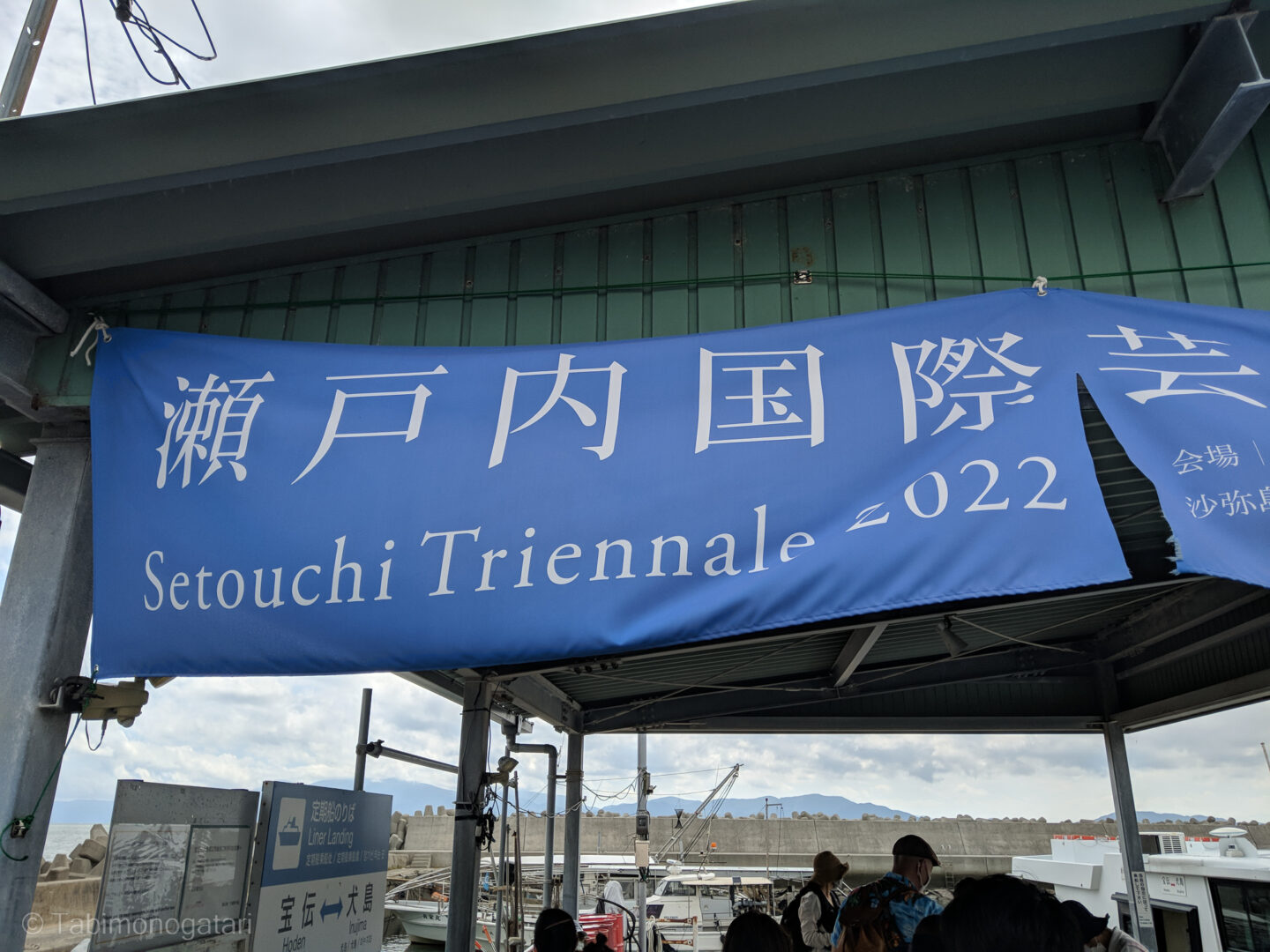
As the name suggests, this contemporary art exhibition takes place every three years on the islands of the Setouchi region. Guides say it takes a week to see most of the art, but I did not have so much time available (and also I was not that invested in modern art) to warrant such a long trip.
Therefore, I planned a two-day trip to visit three of the art islands. To this end, the itinerary published by the Okayama Tourism board was very helpful. With no doubt, more time would have allowed to see more artworks and visit more islands, but two days were a good amount for me.
Inujima
On day 1, departed early in the morning from Kyoto, transferred to the Shinkansen at Osaka and arrived at Okayama in no time. With the streetcar, I transferred to Kyobashi bridge where a highspeed boat for Inujima should depart.
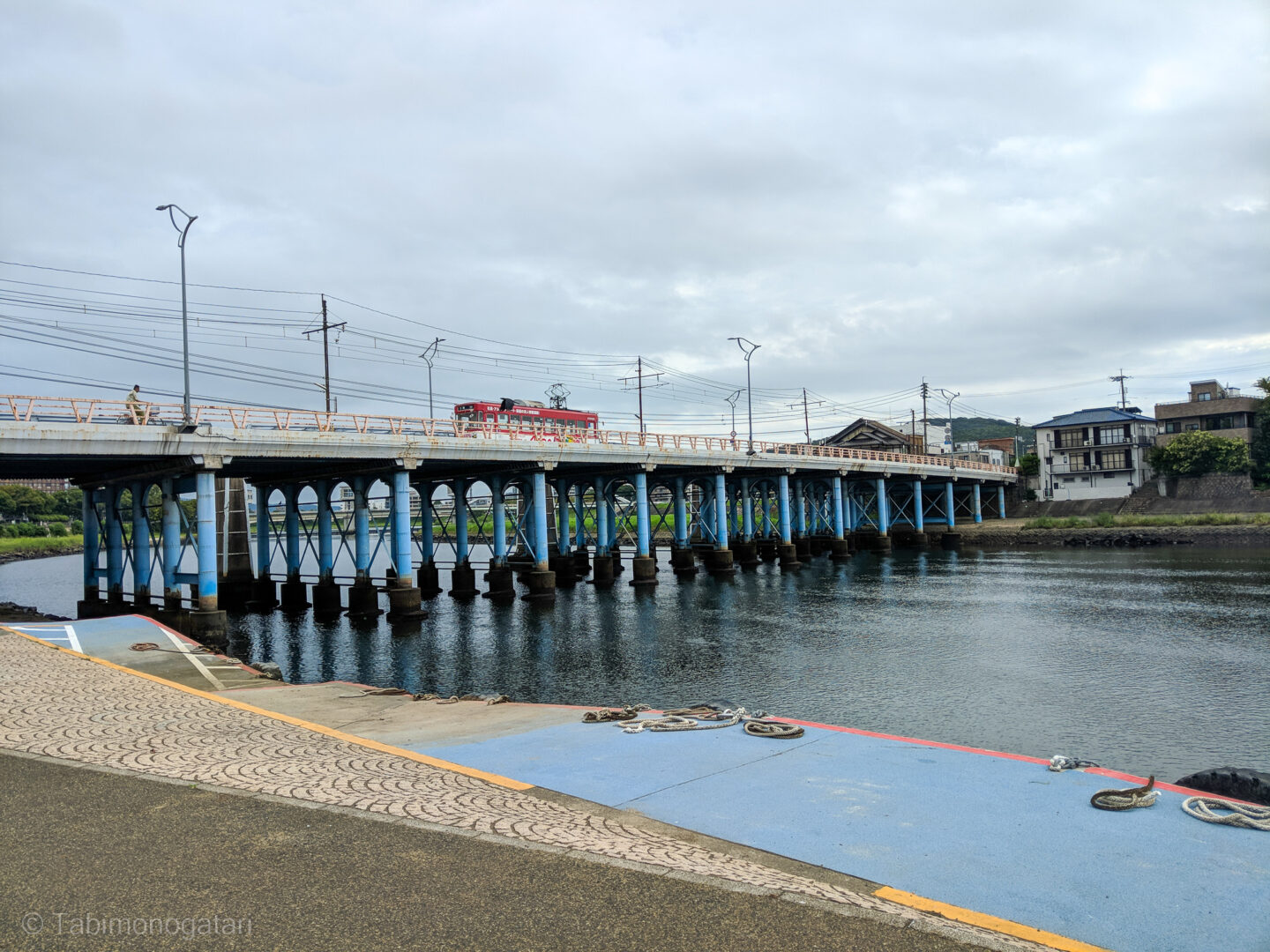
However, when I arrived, I found out the boat was canceled on that day because of concerns about the weather. The company did not announce this on their website, so I was annoyed about the unexpected turn of events. Luckily, I could still make it to the island on a different route without losing much time. A special bus operating while the Art Triennale is in session provided direct access to Hoden port from where was is a short ride to Inujima.
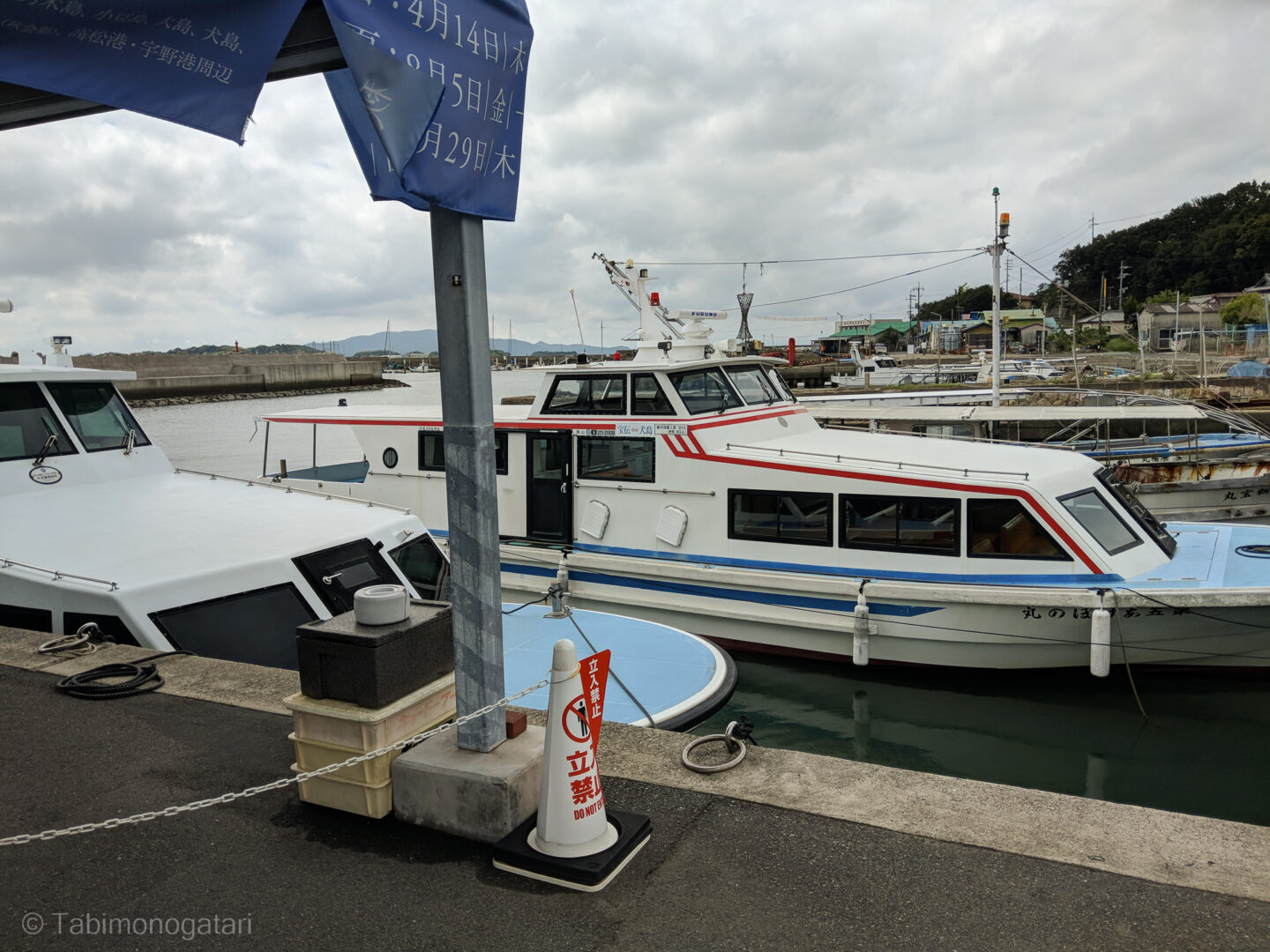
This island is relatively small and can be comfortably explored on foot. The must-see is the former copper refinery that was abandoned 100 years ago after mere 10 years of operation. It was then converted into an art gallery in recent times, the Inujima Seirensho Art Museum.
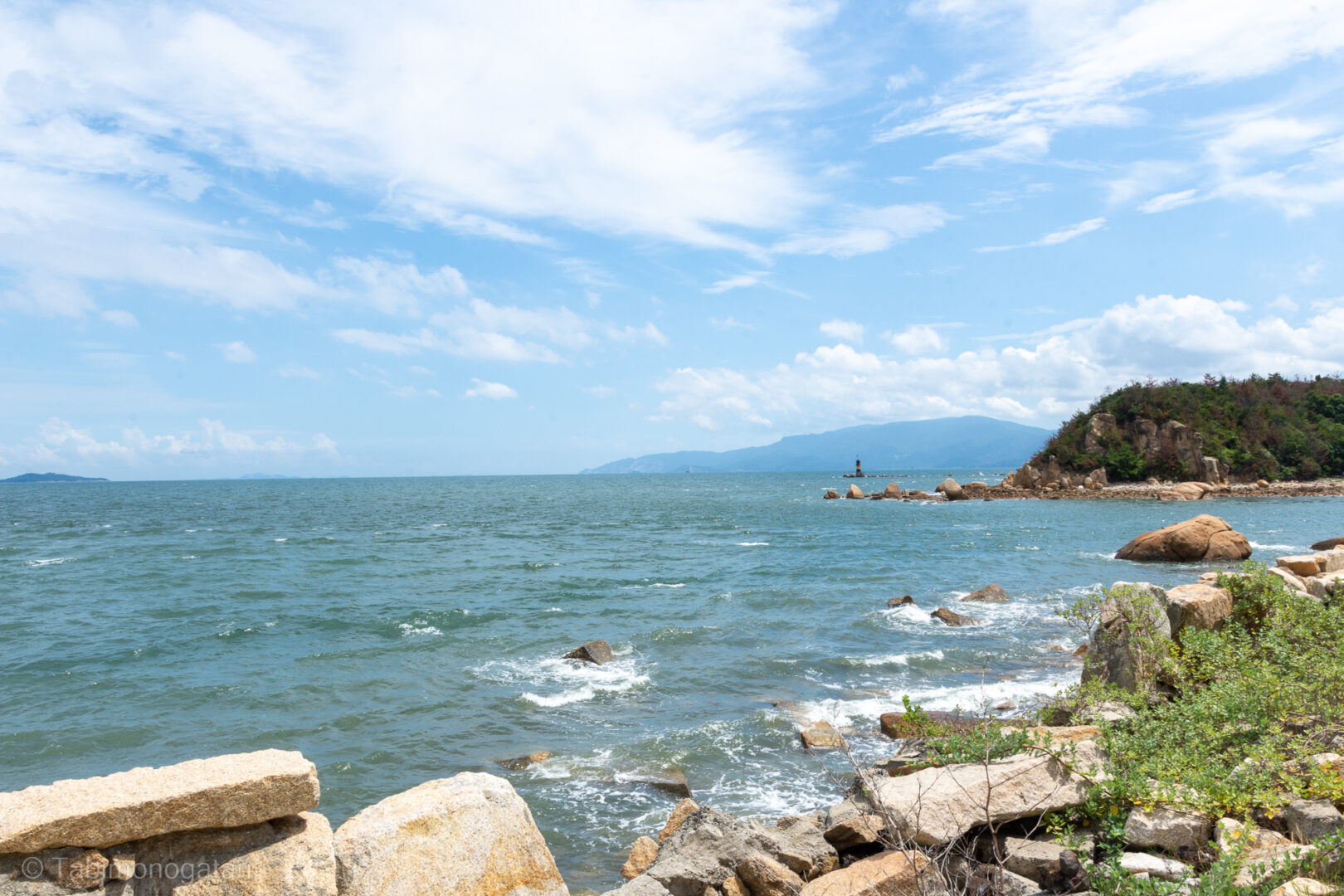
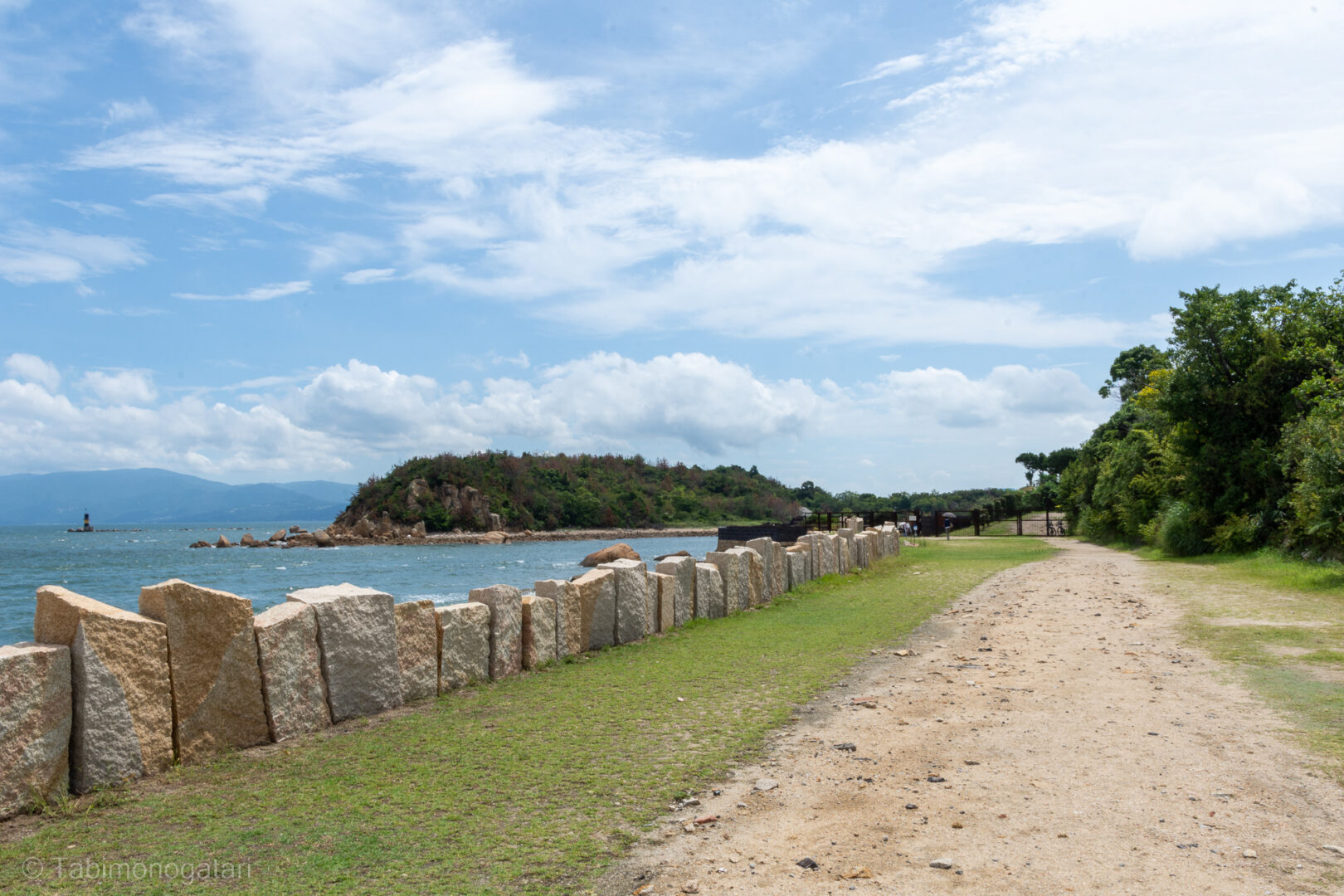
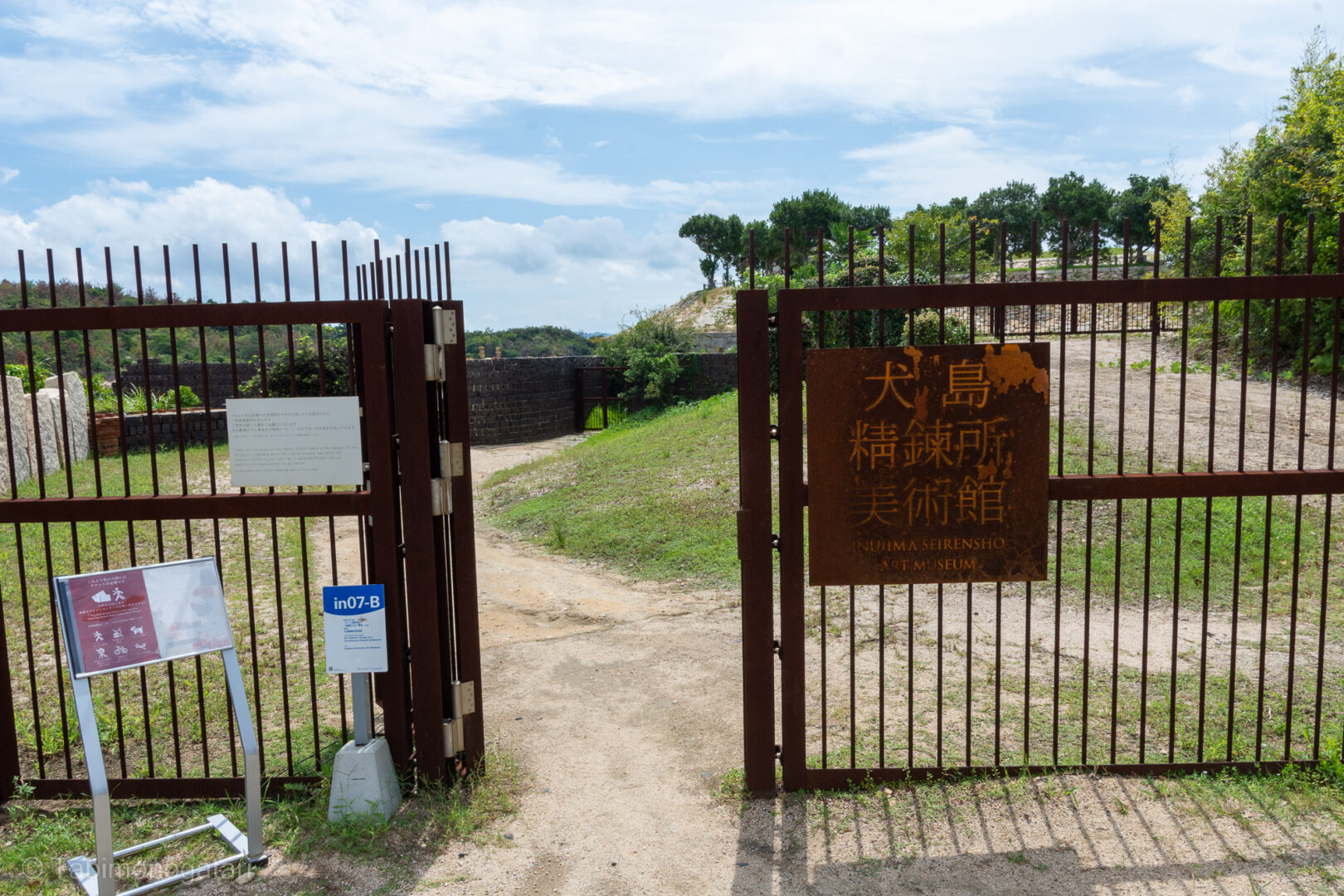
The museum was established without changing the former industrial ruins. Further, by saving and reusing energy the museum sets an example for sustainable architecture. The half-degraded chimneys fit in the backdrop of the idillyic and quiet island surprisingly well.
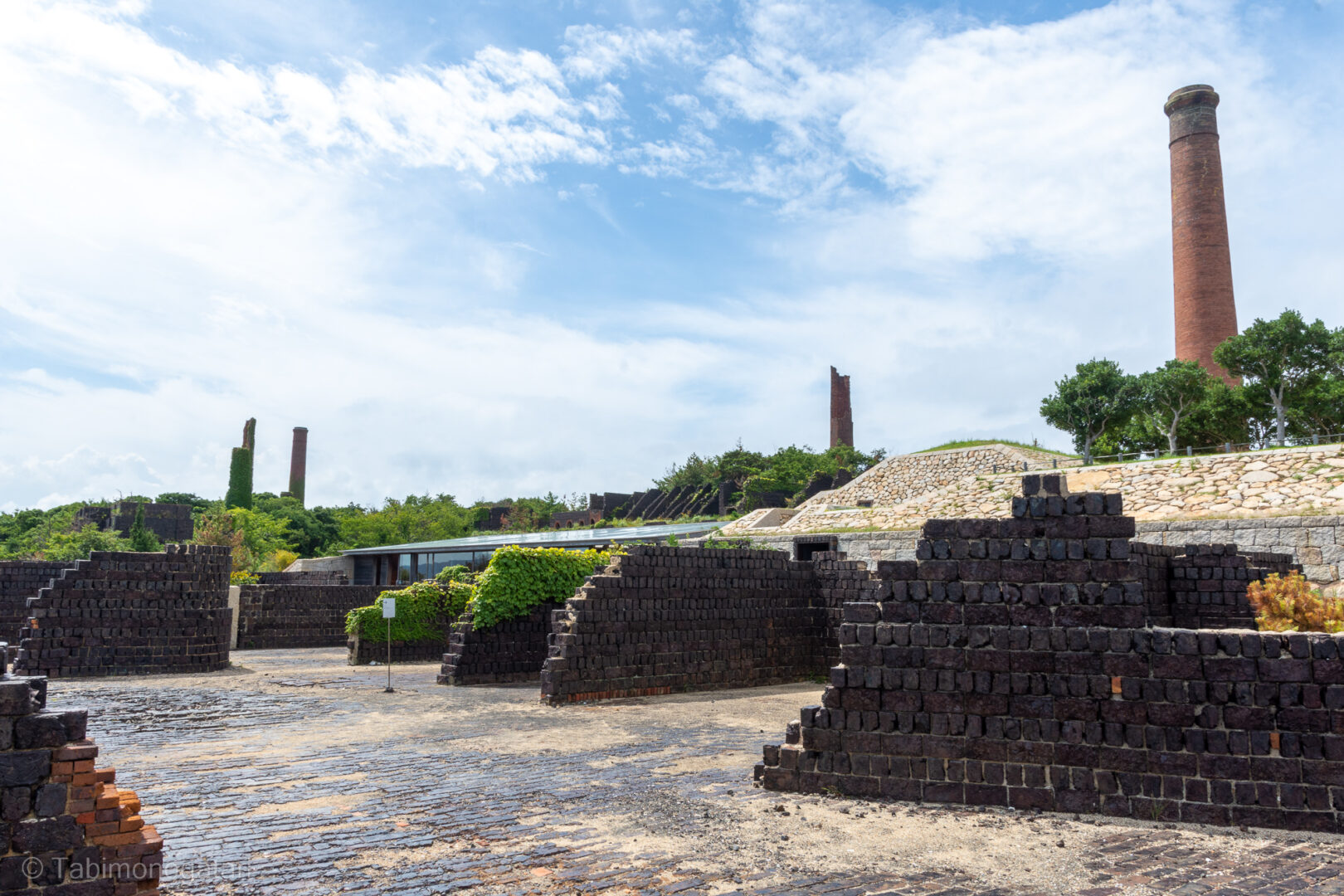
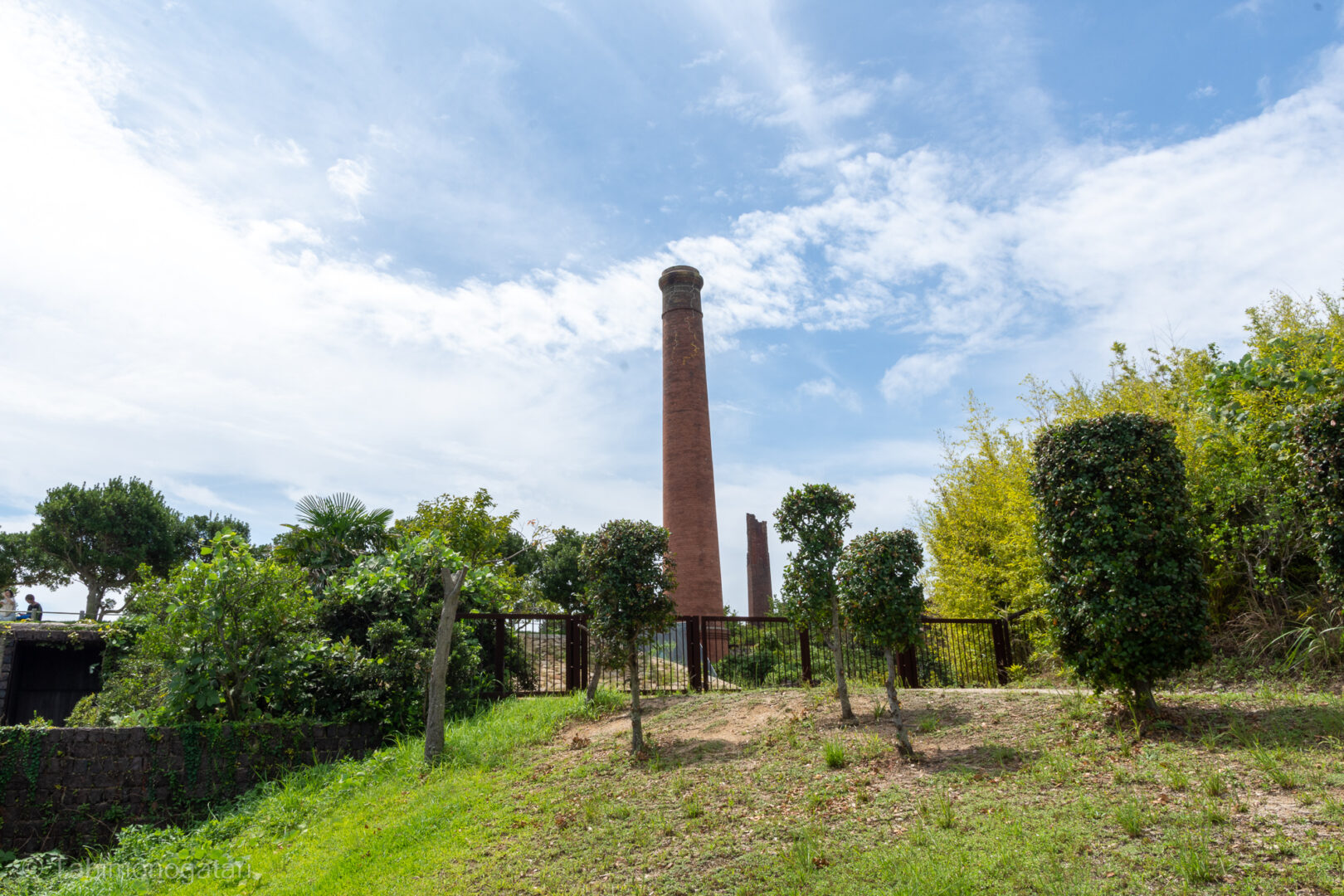
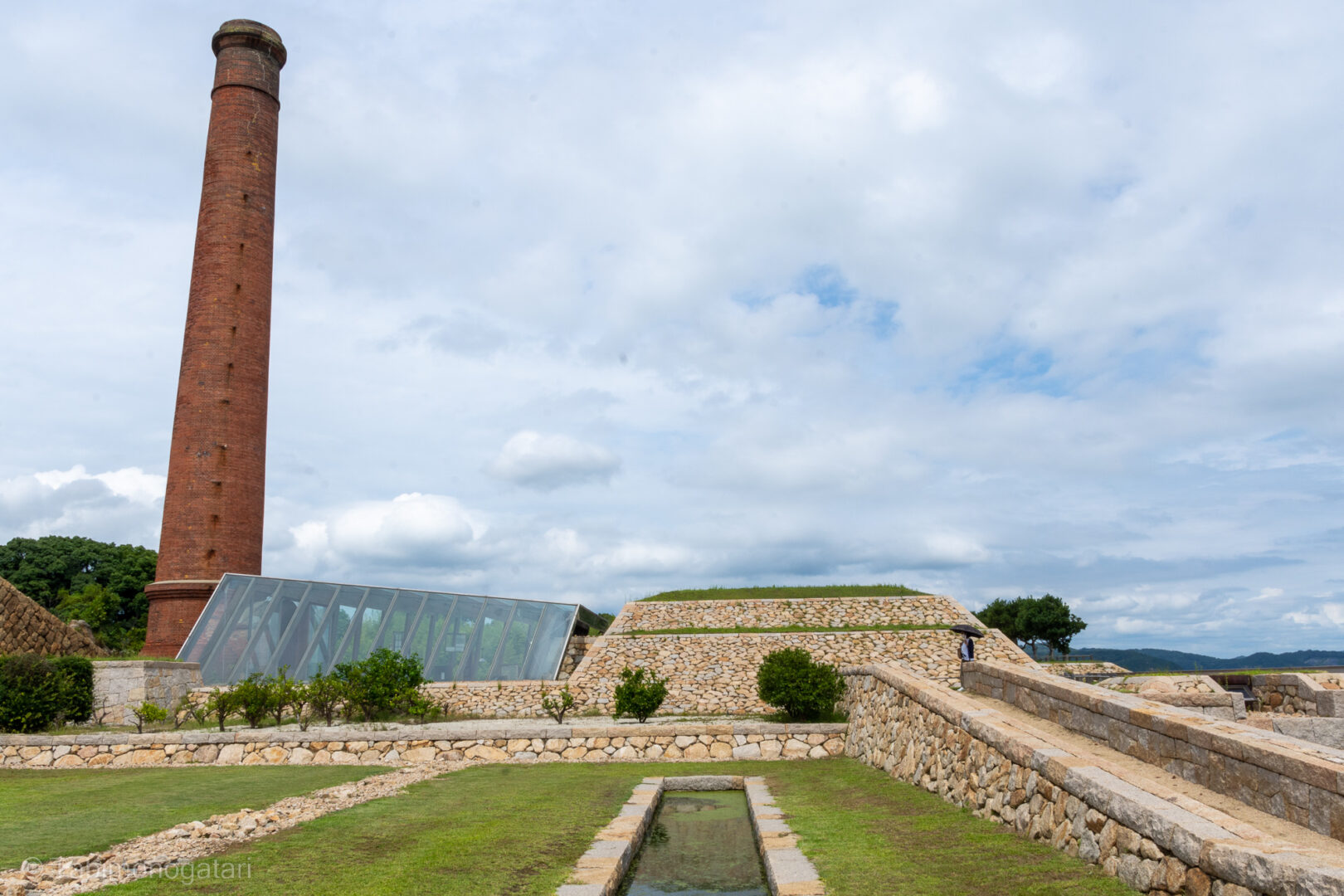
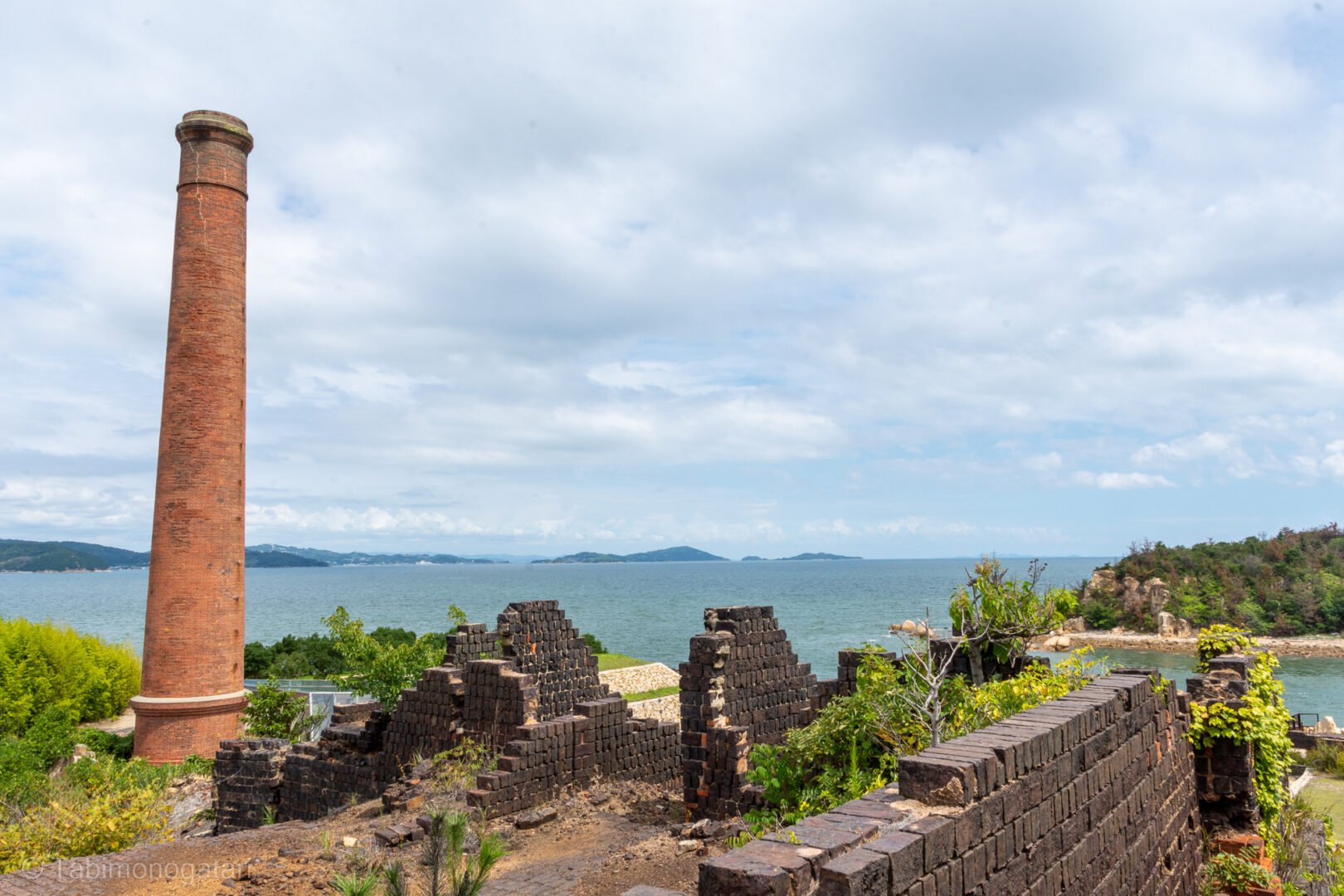
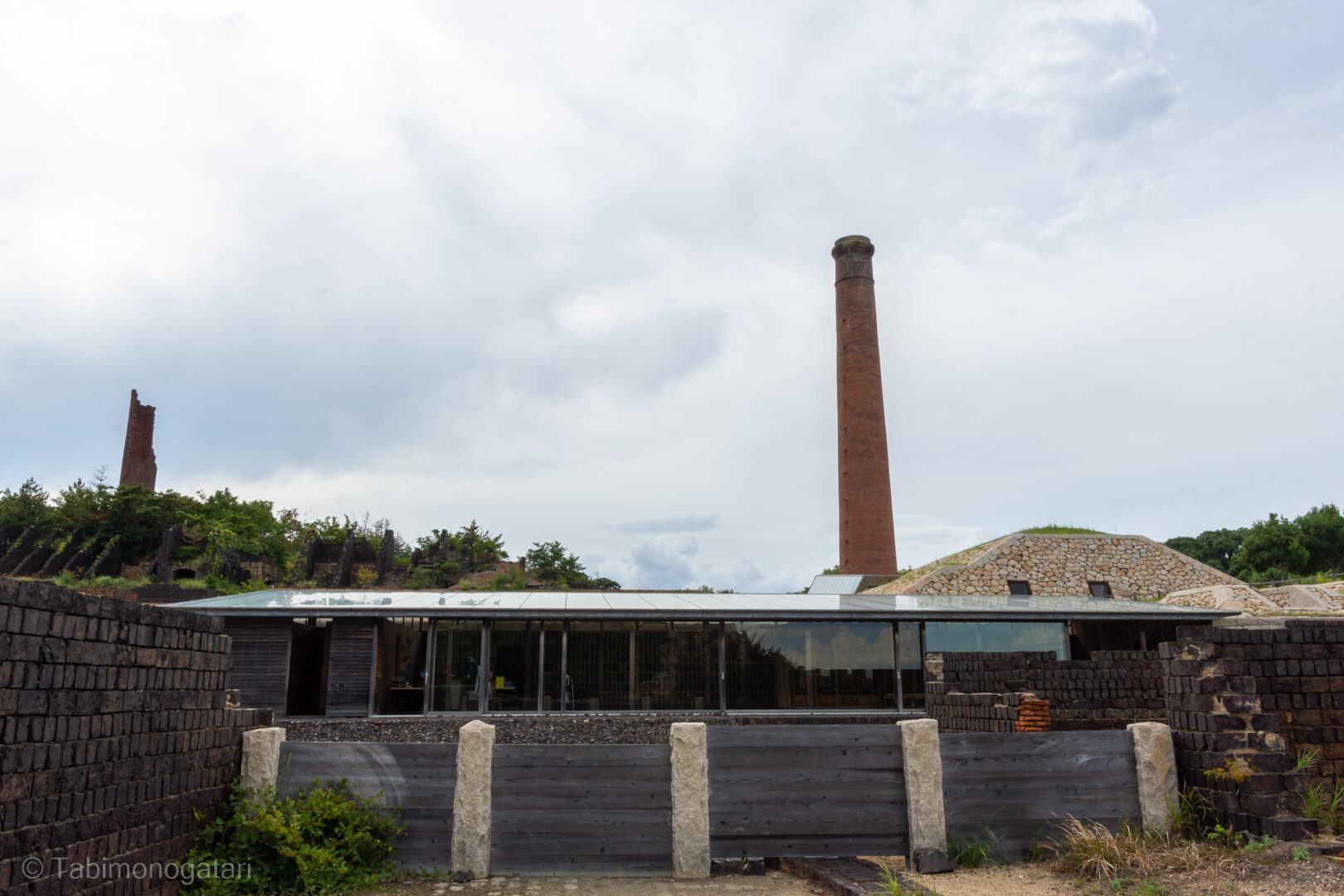
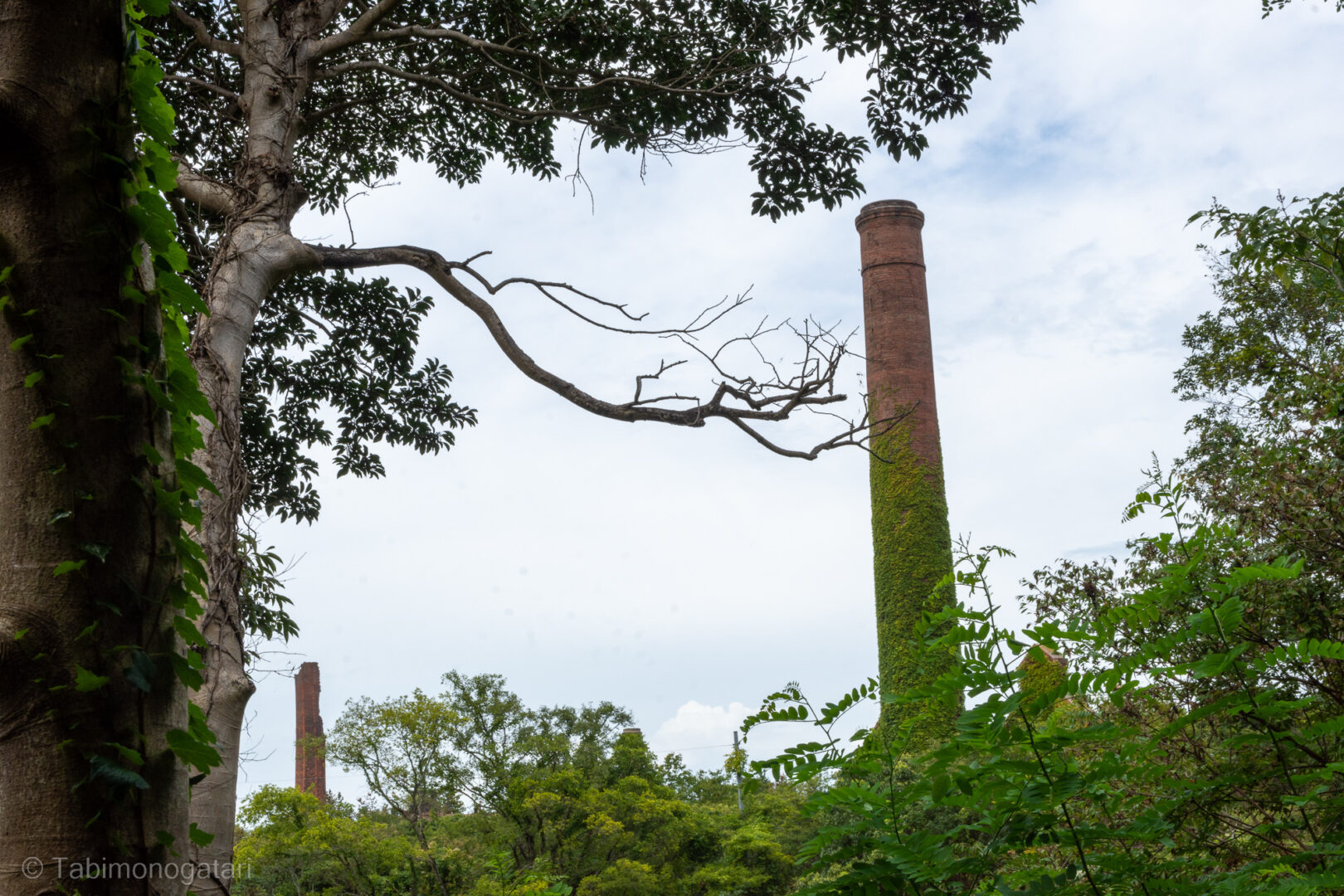
At the entrance to the facility visitors were allowed in individually and soon it was clear why. I entered a pitch-black tunnel with bright sunlight at some distance providing minimal illumination. As I approached the light, I realized (spoiler) the exit was much further away than it seemed because at the end of the corridor just stood a large mirror that reflected the light. In this fashion, the corridor wound itself in many turns and more mirrors reflected the light from the sky.
A second exhibition focused on the writer Yukio Mashima. His former house was reconstructed and floats in an underground space. Excerpts from his works were also displayed in creative ways.
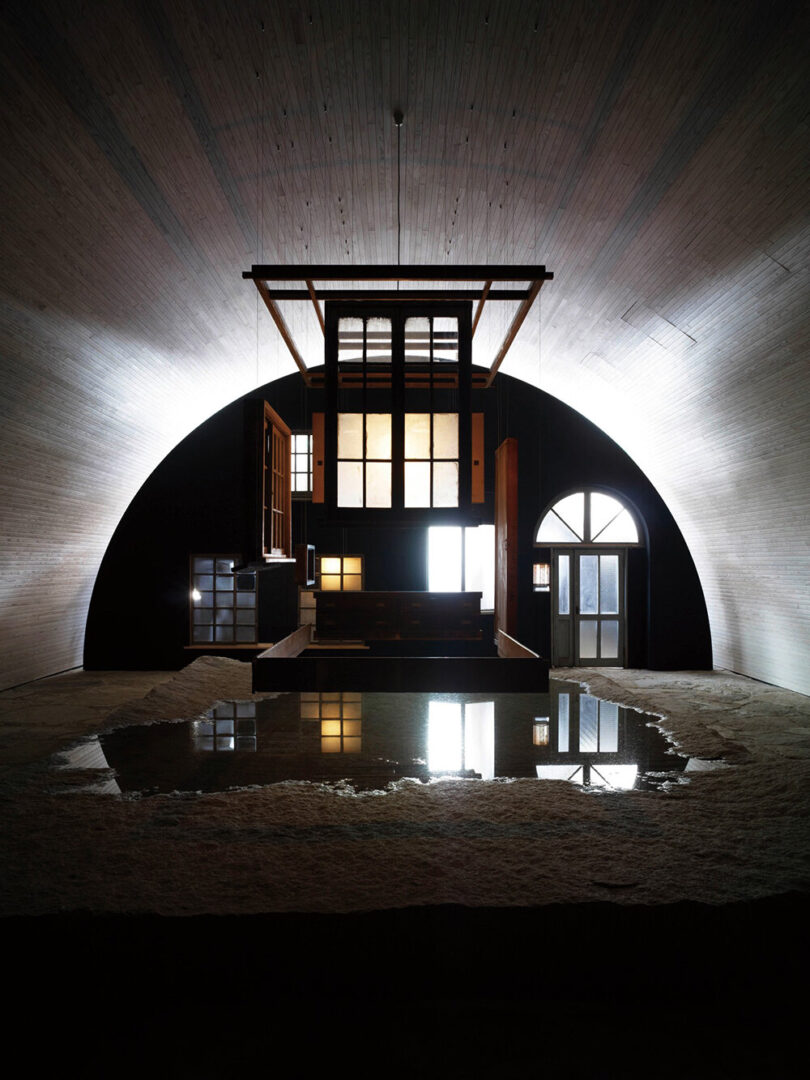
After the museum I found lunch at a local restaurant near the harbor.
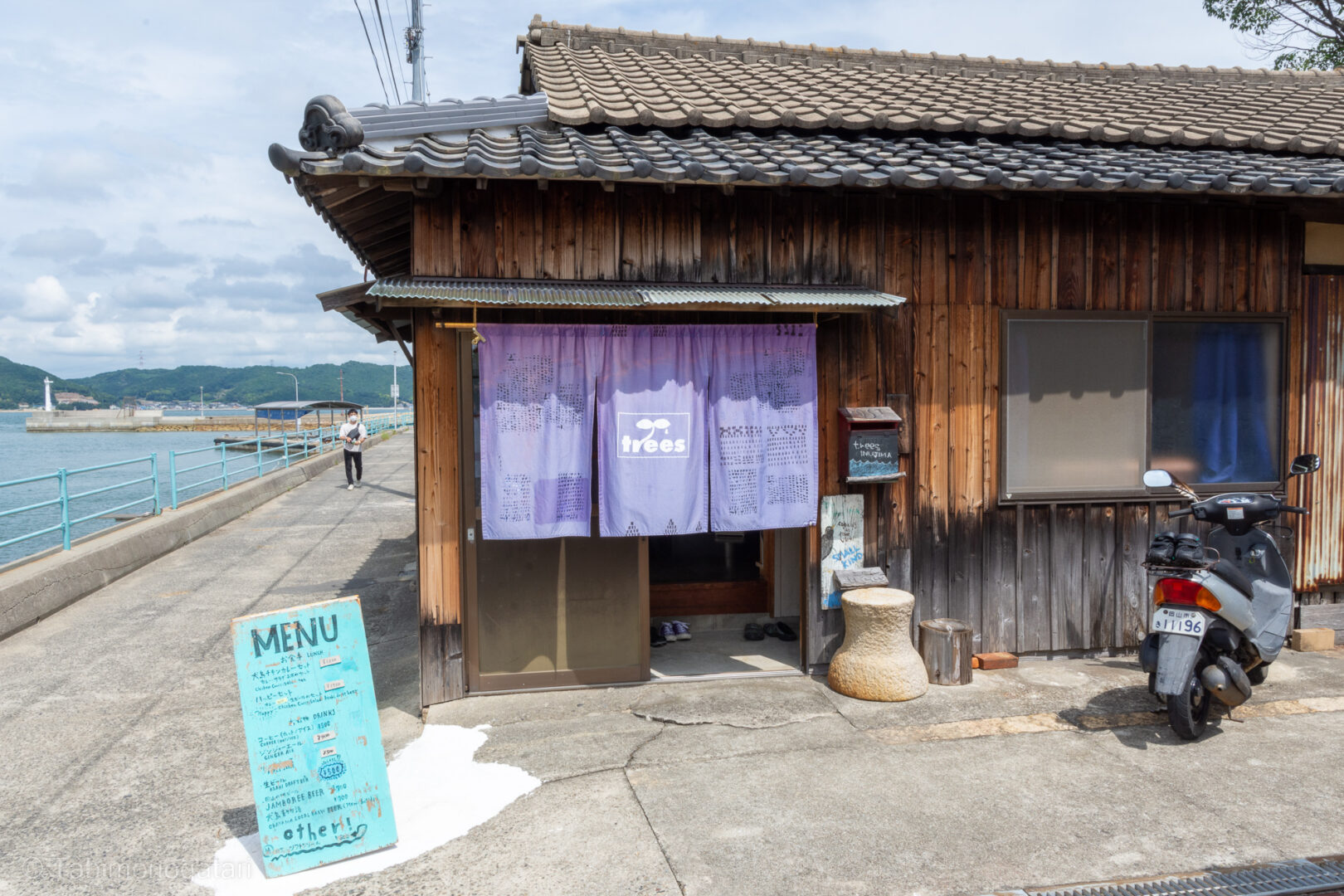
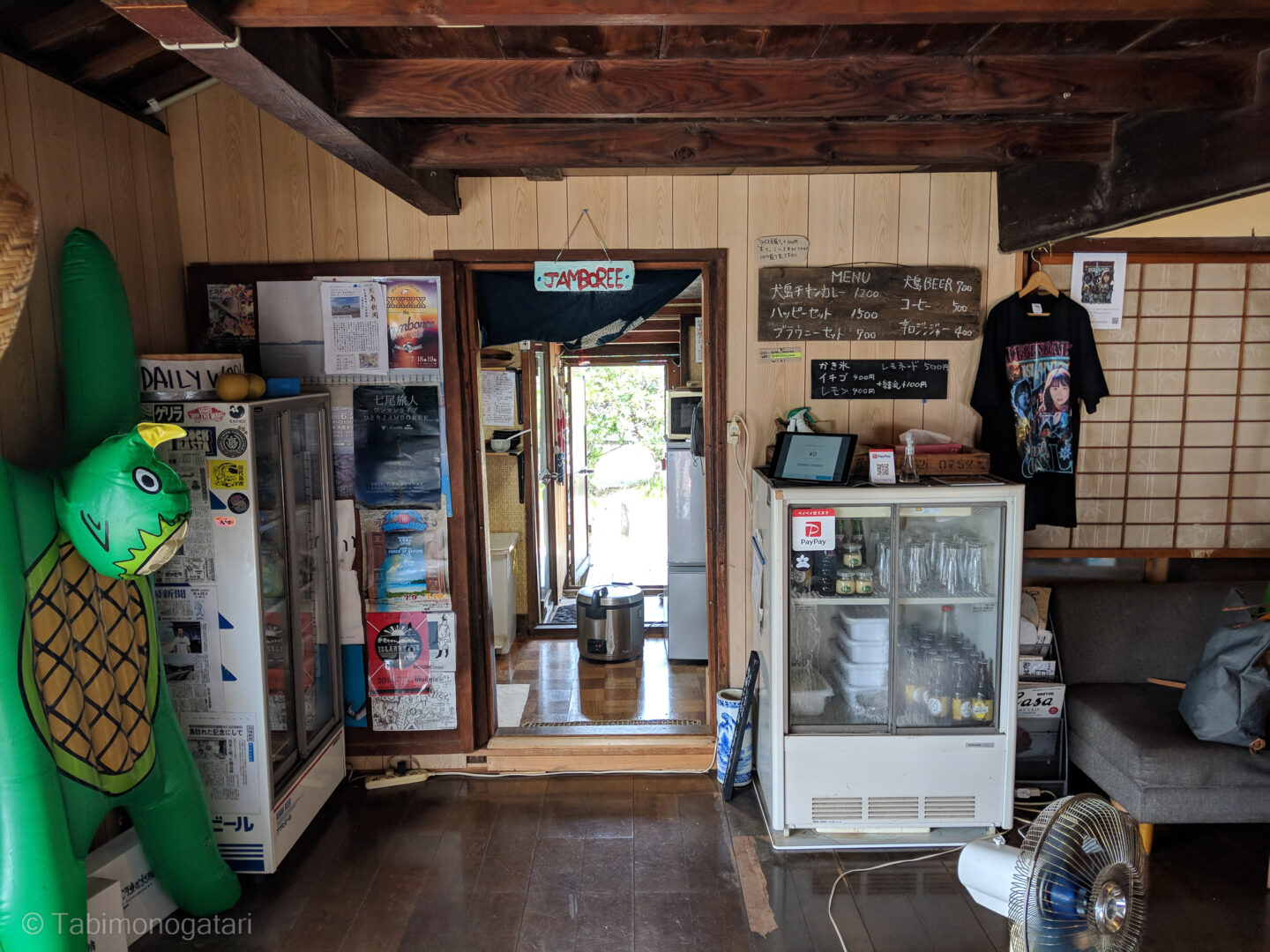
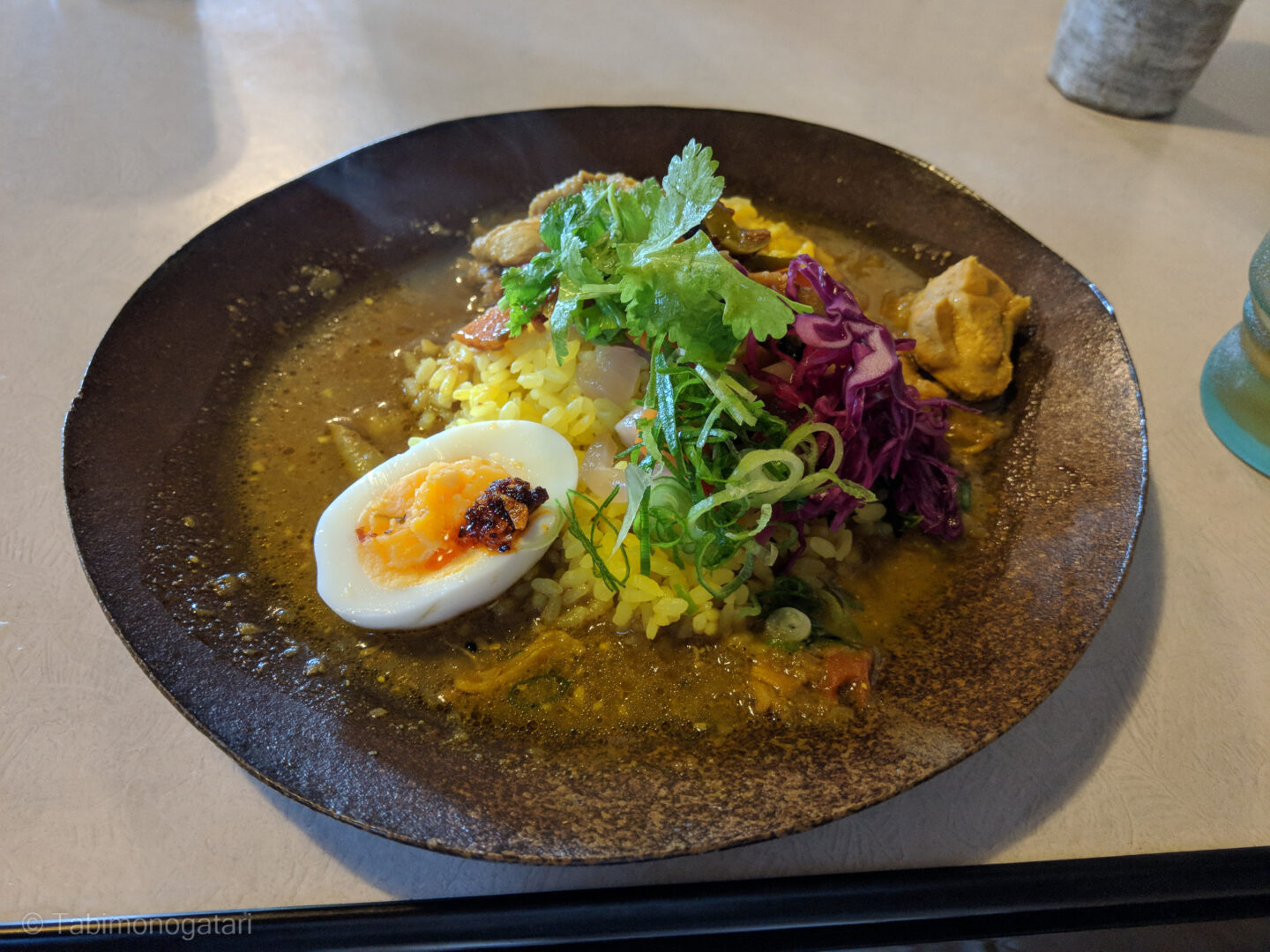
On the other side of the island I found a beach and a camp side. When the tide is not high it is possible to walk beside the beach to reach the Life Garden, a botanical garden which invites to contribute in raising plants and animals.
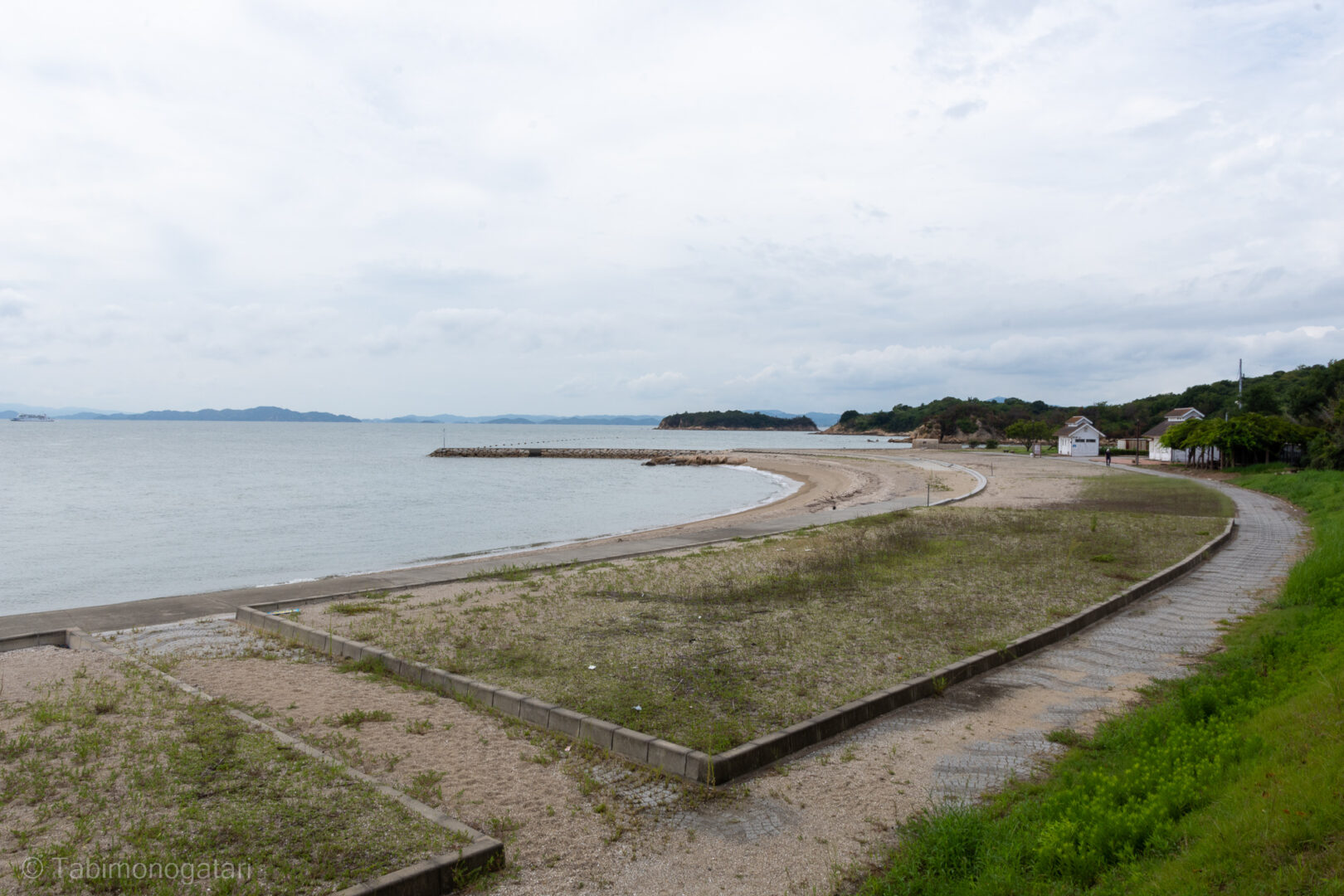
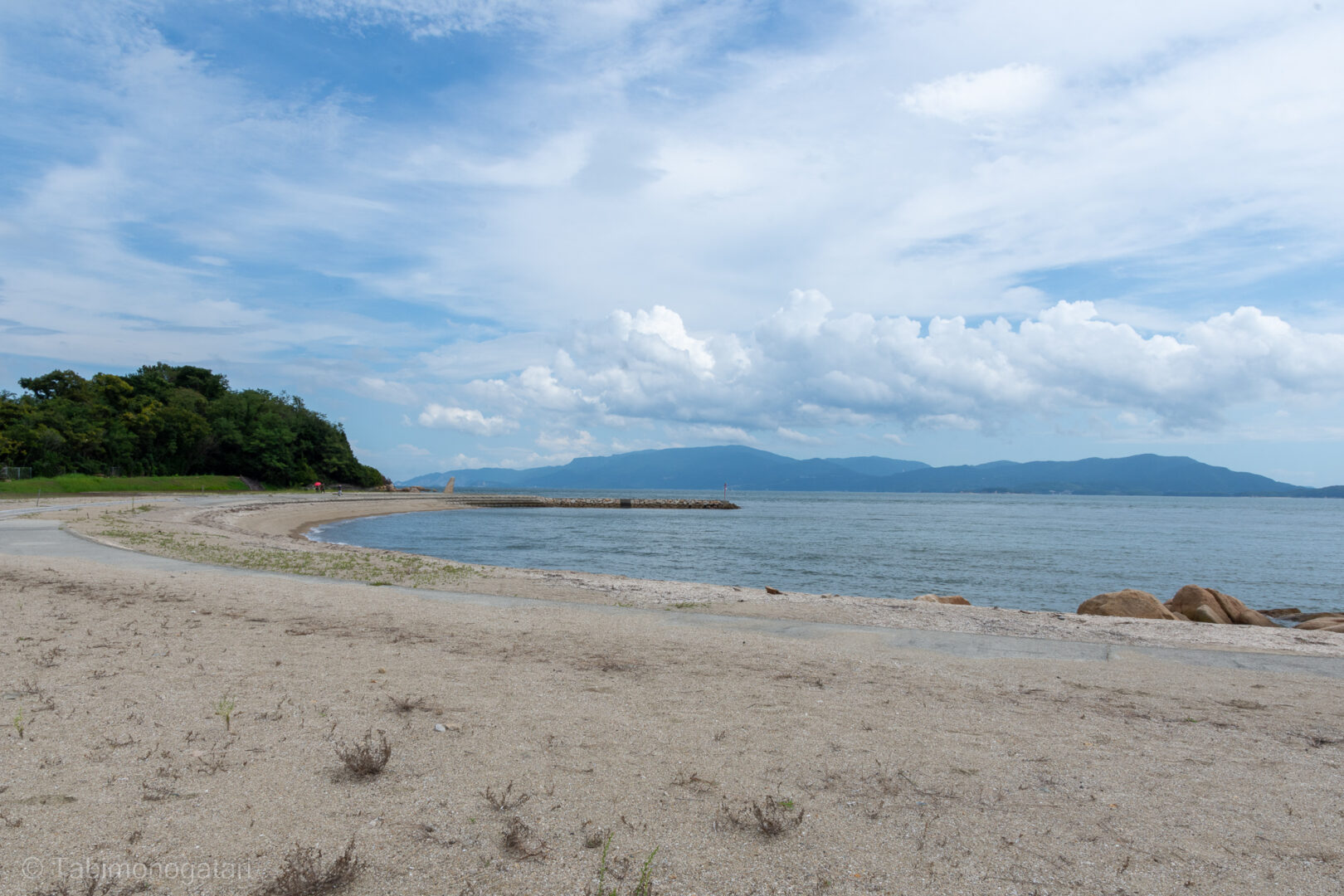
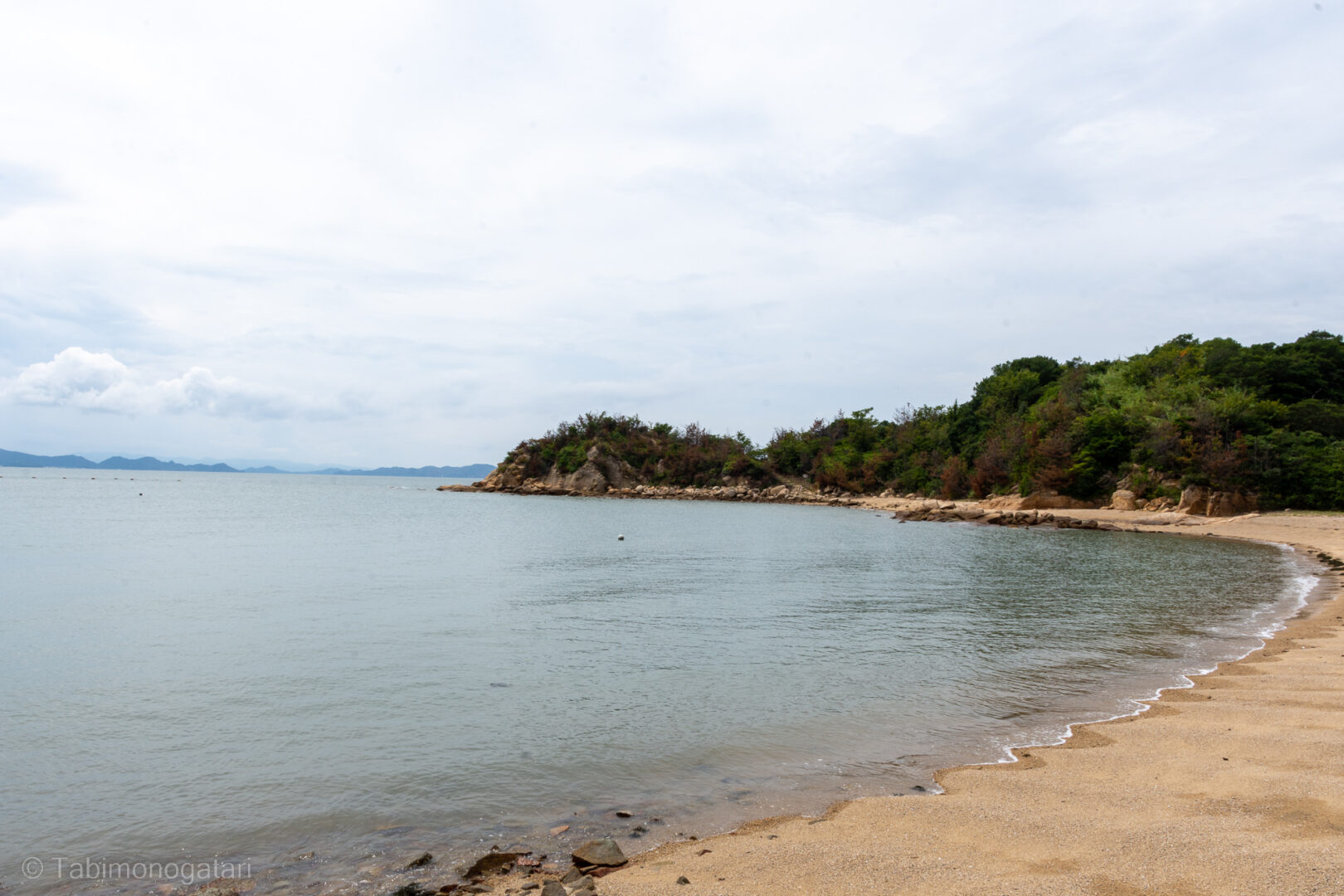
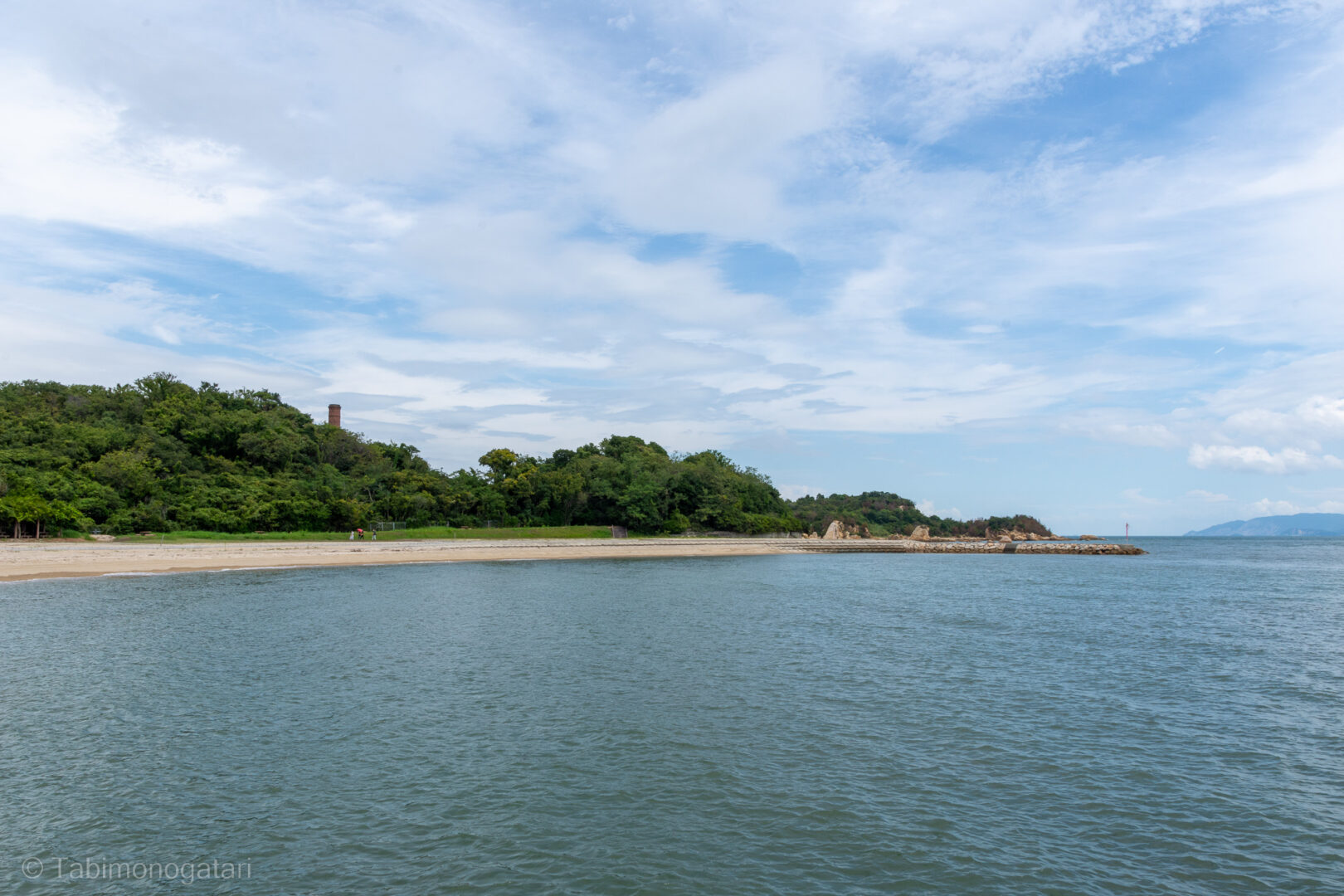
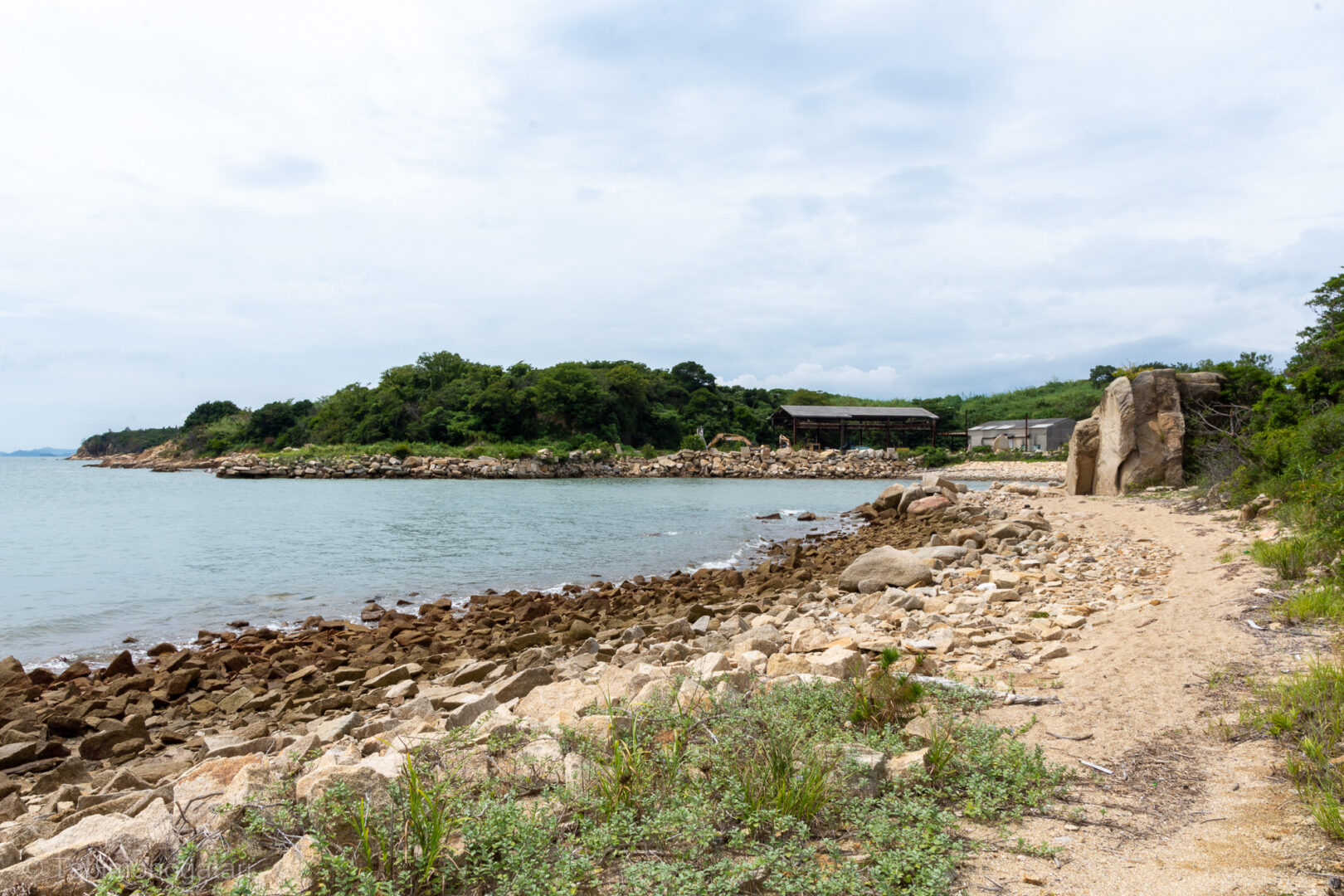
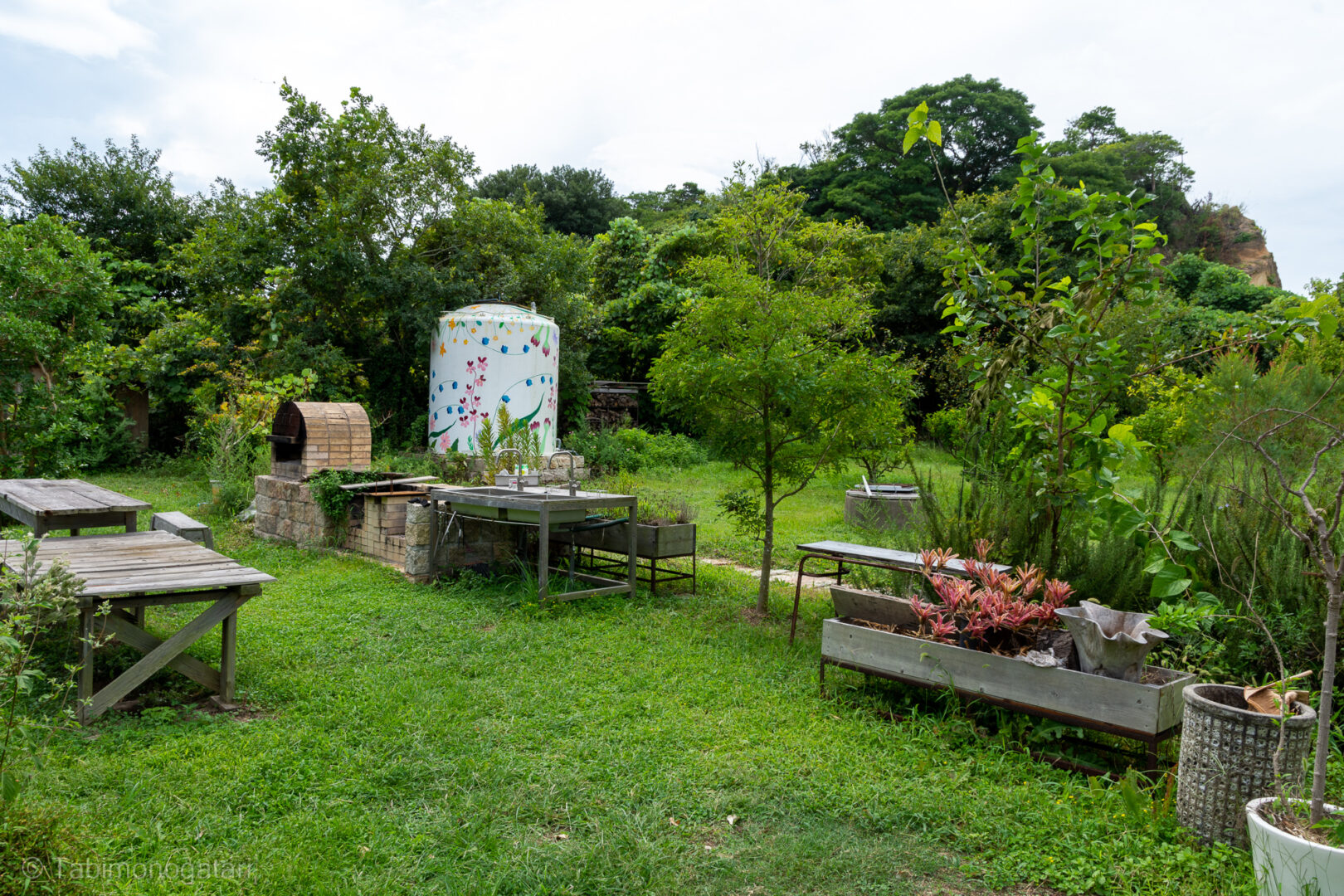
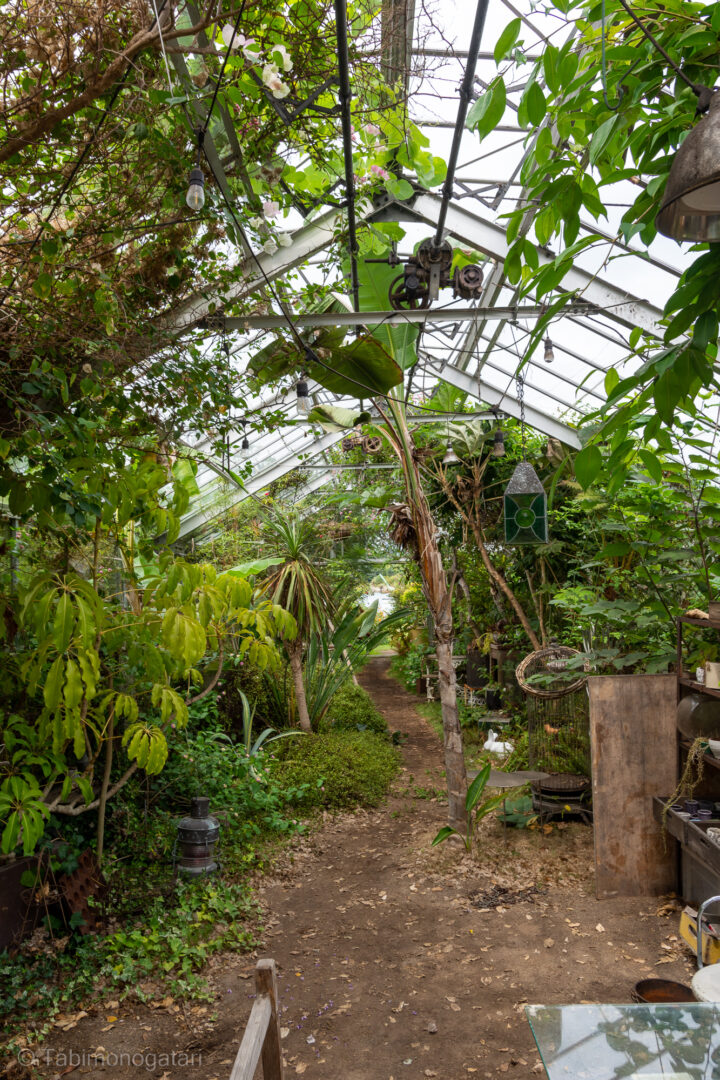
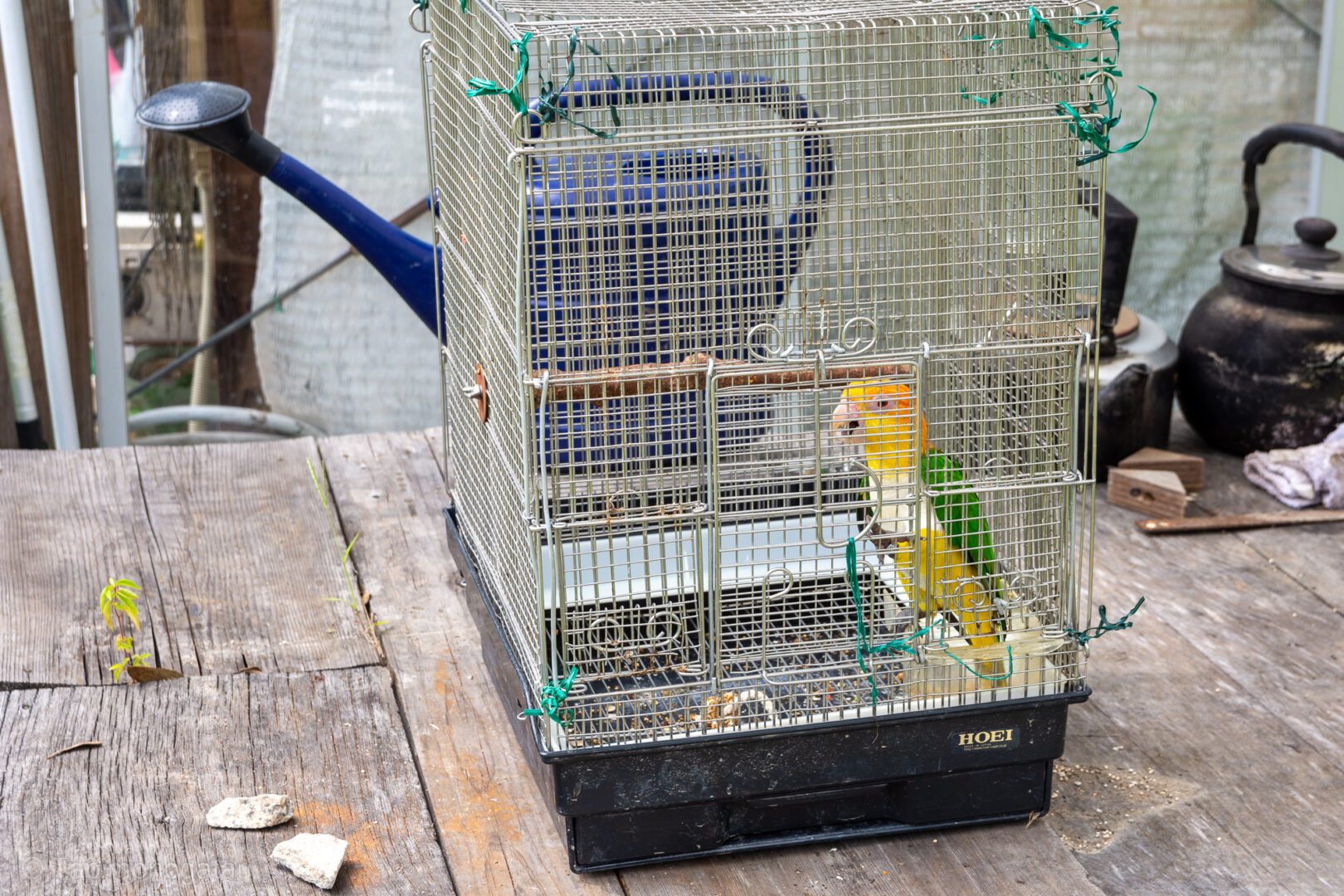
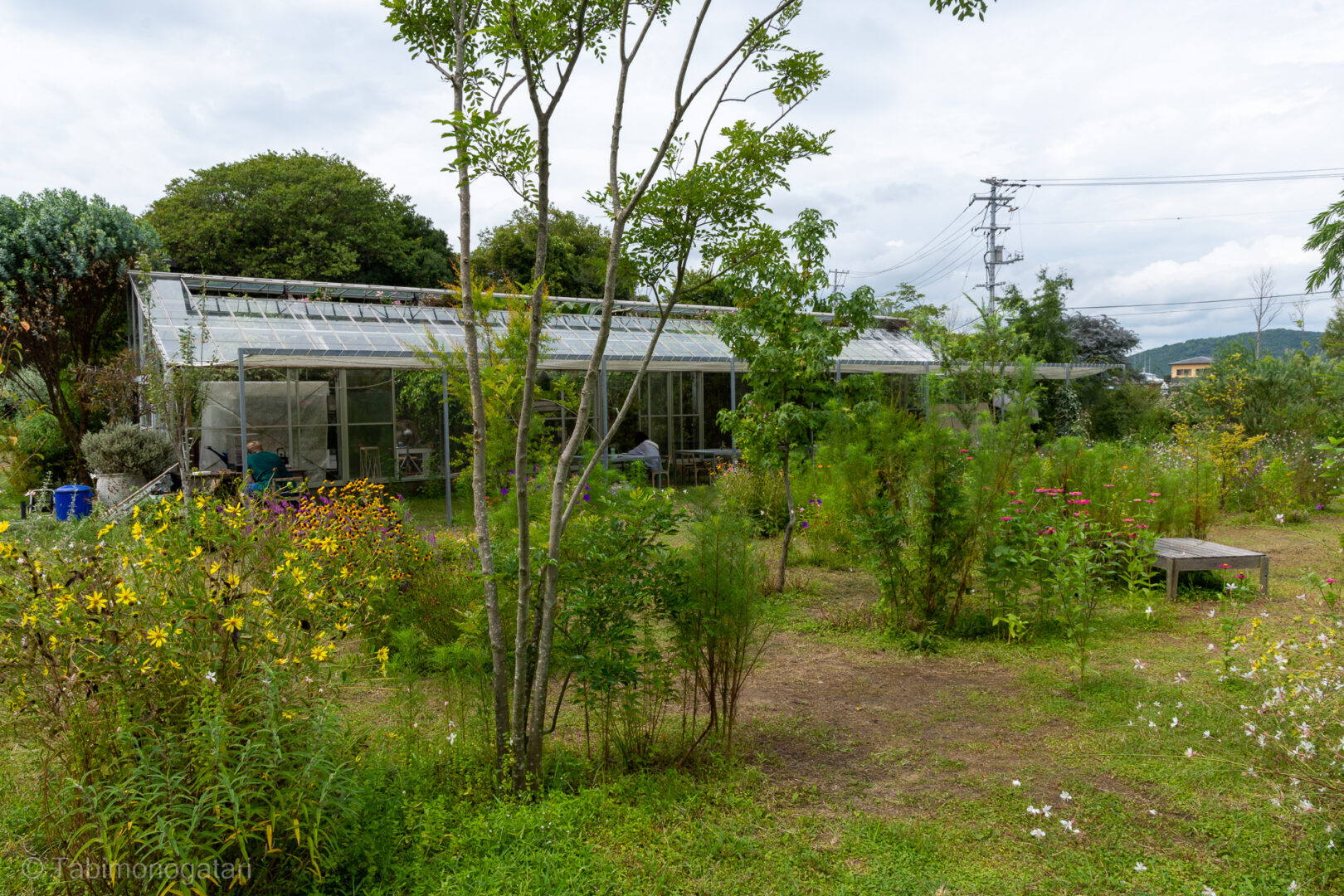
Many small art installations are scattered over the island, in midst of nature.
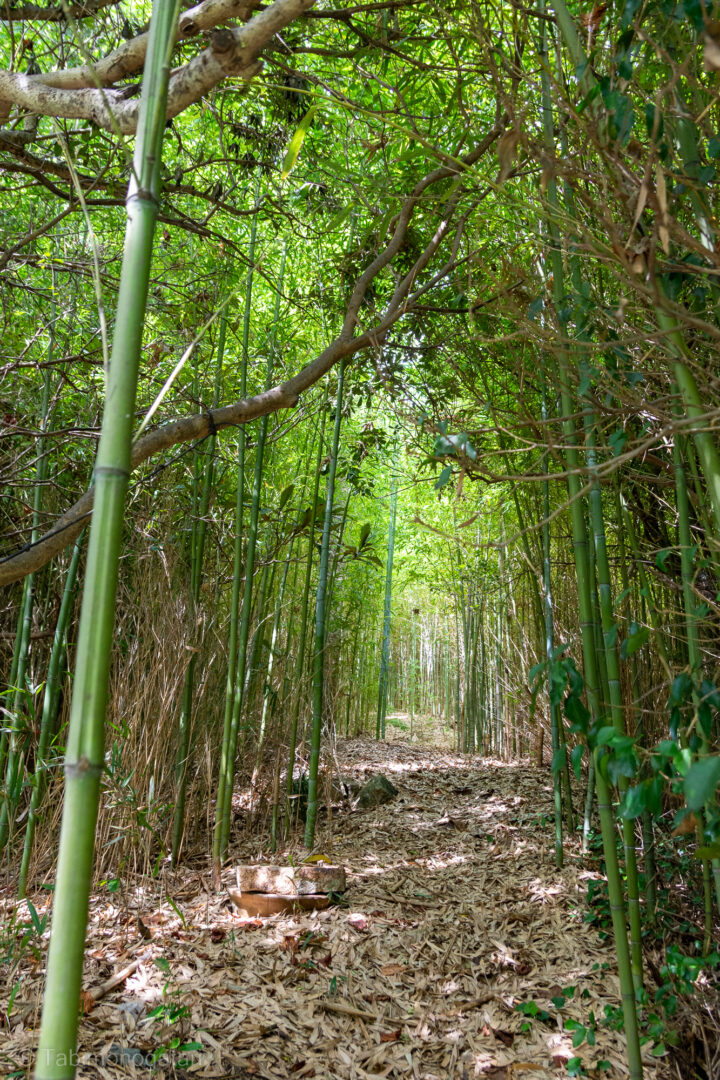
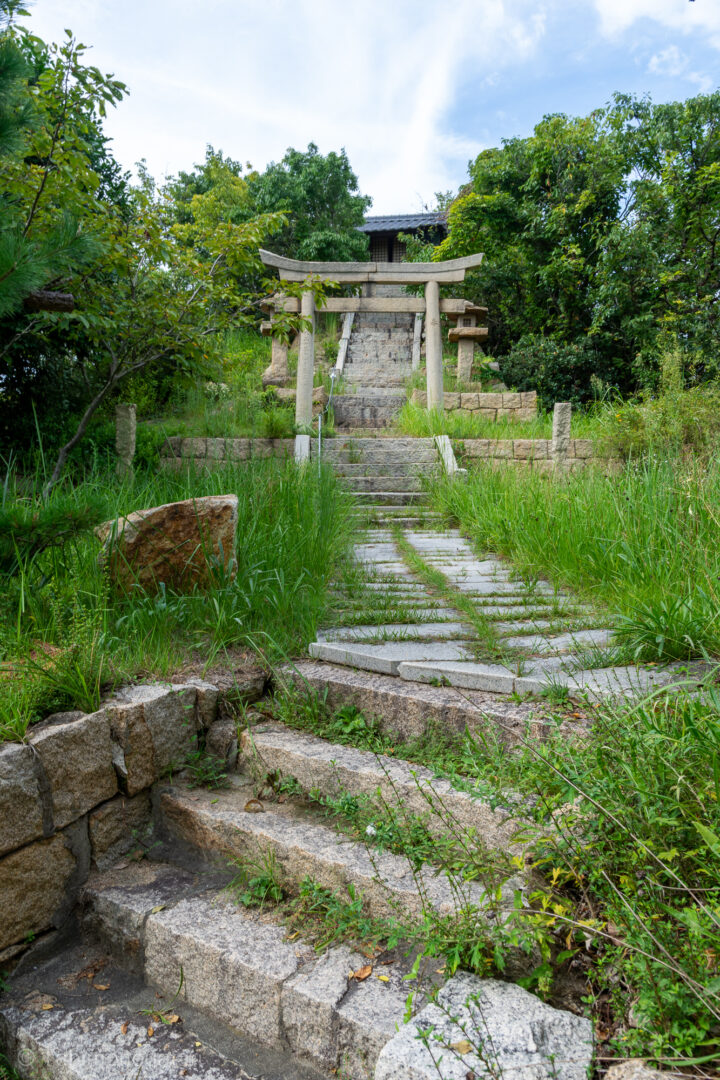
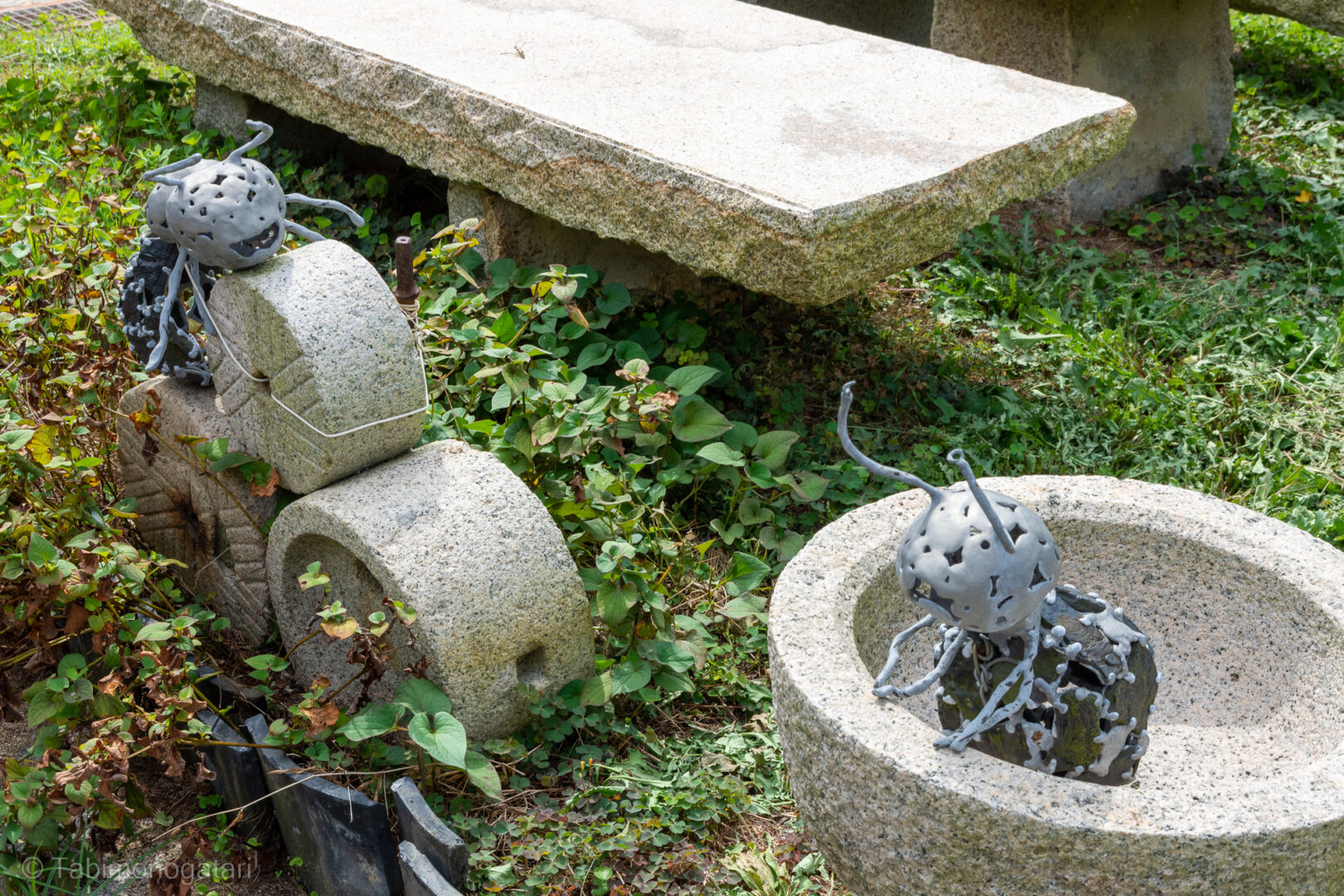
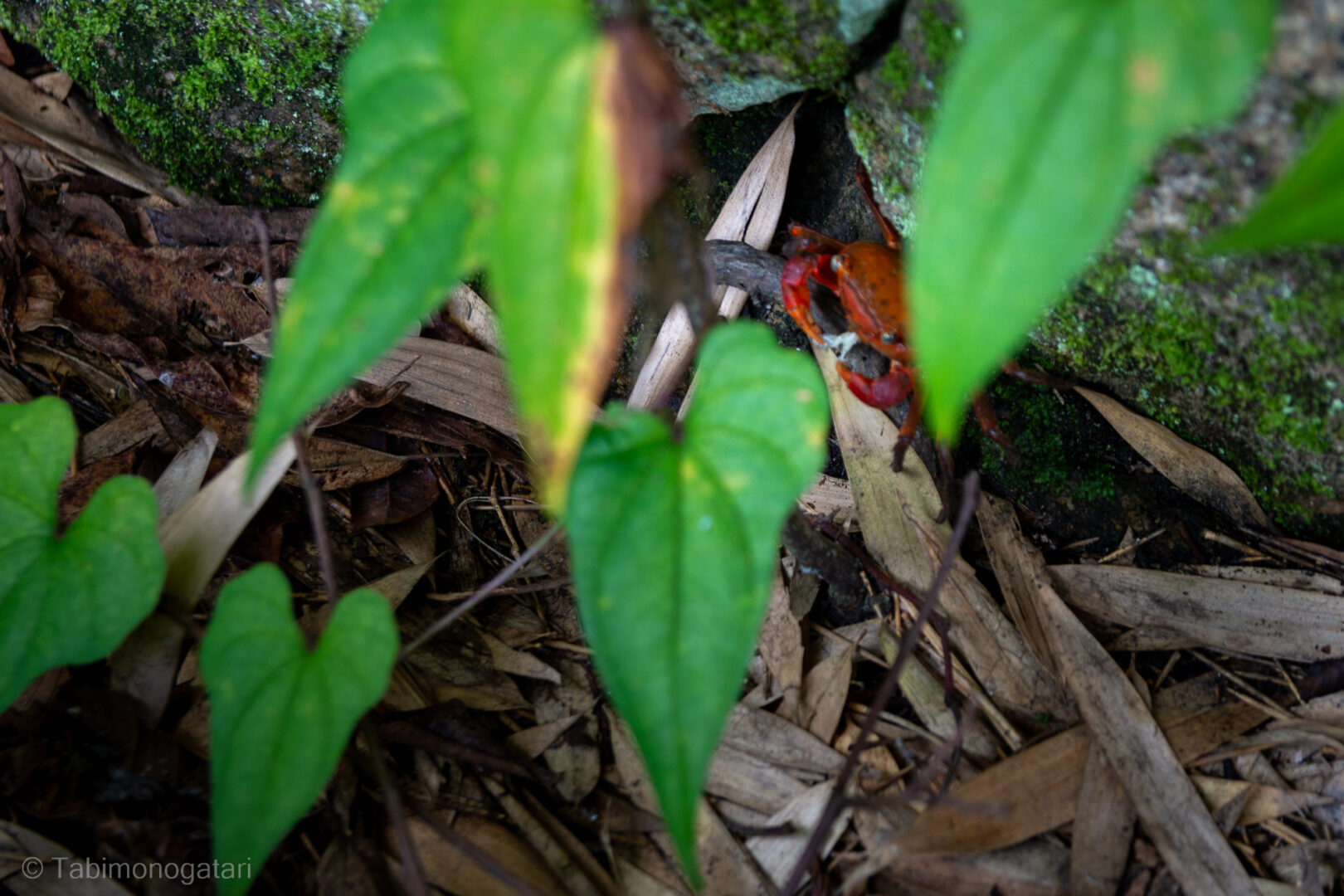
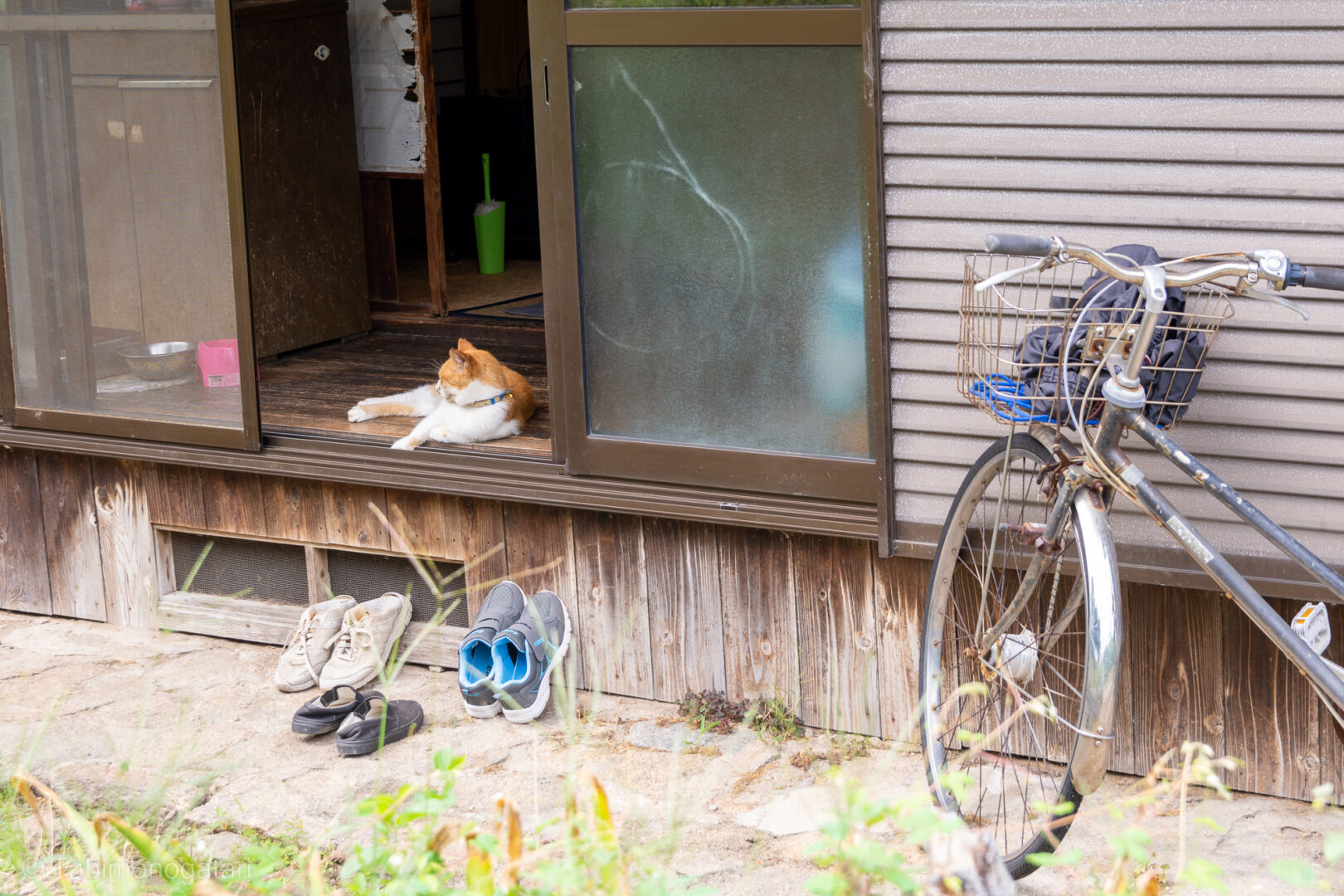
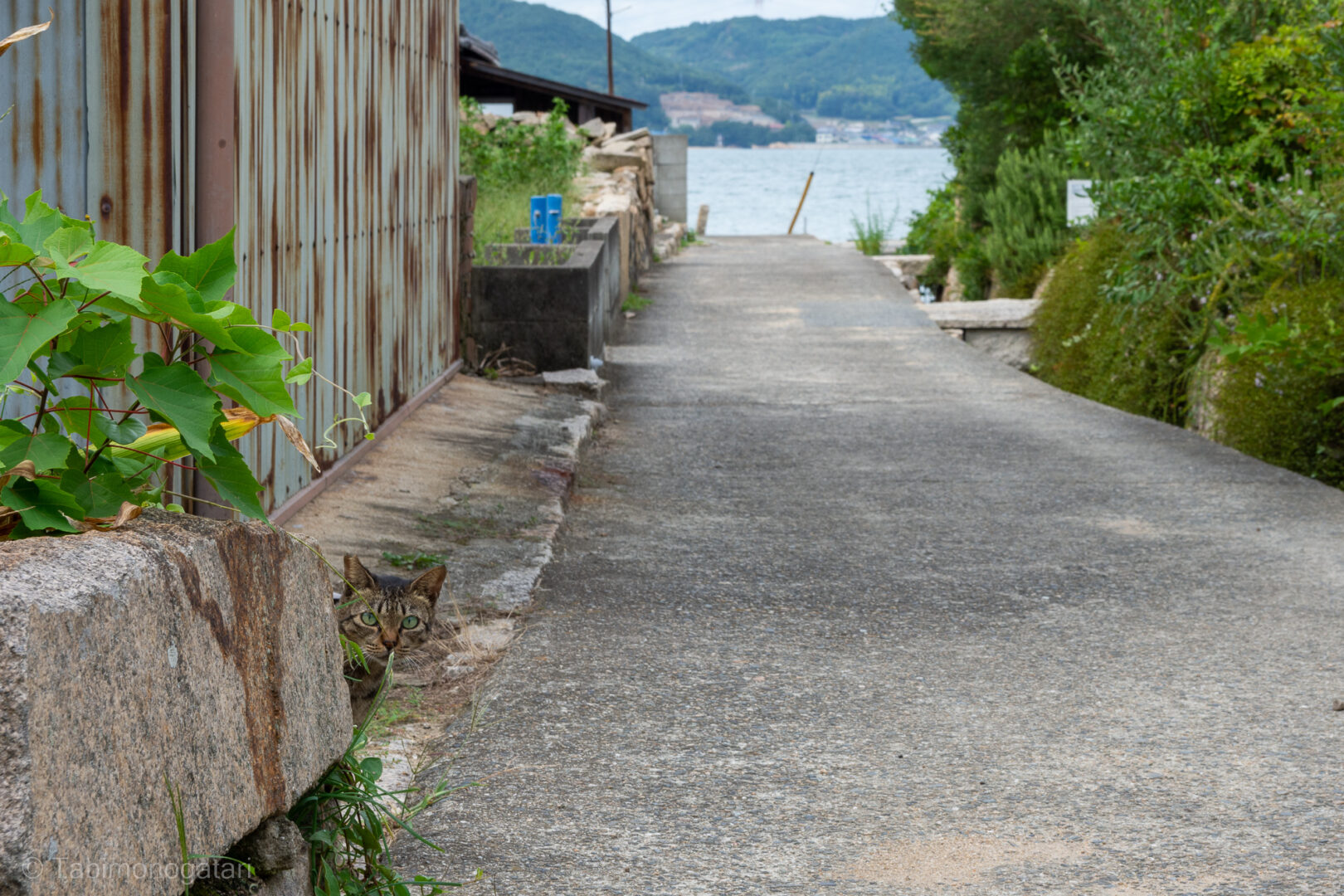
On the harbor side there were several more permanent art installations, collectively called the Art House Project.
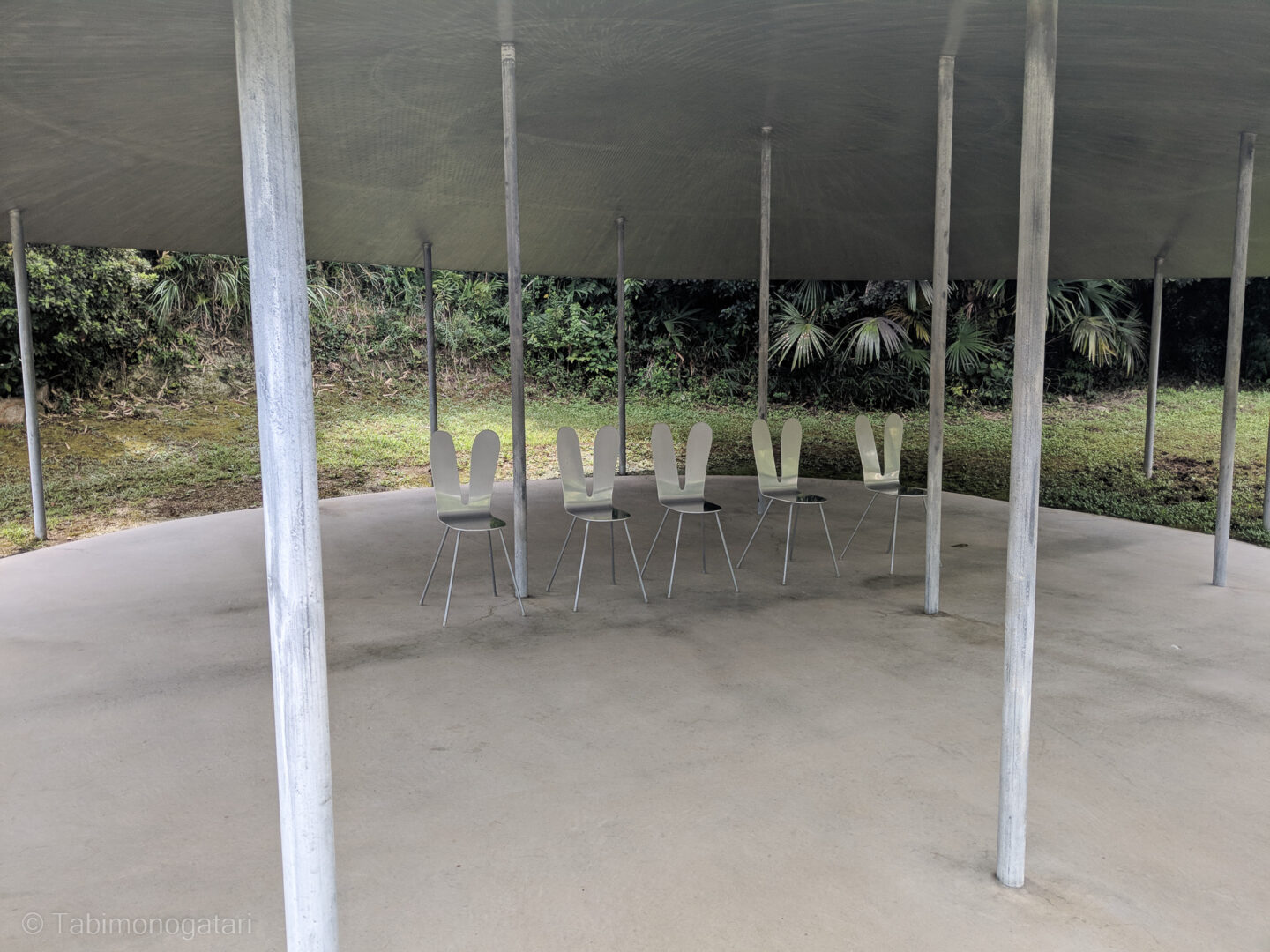
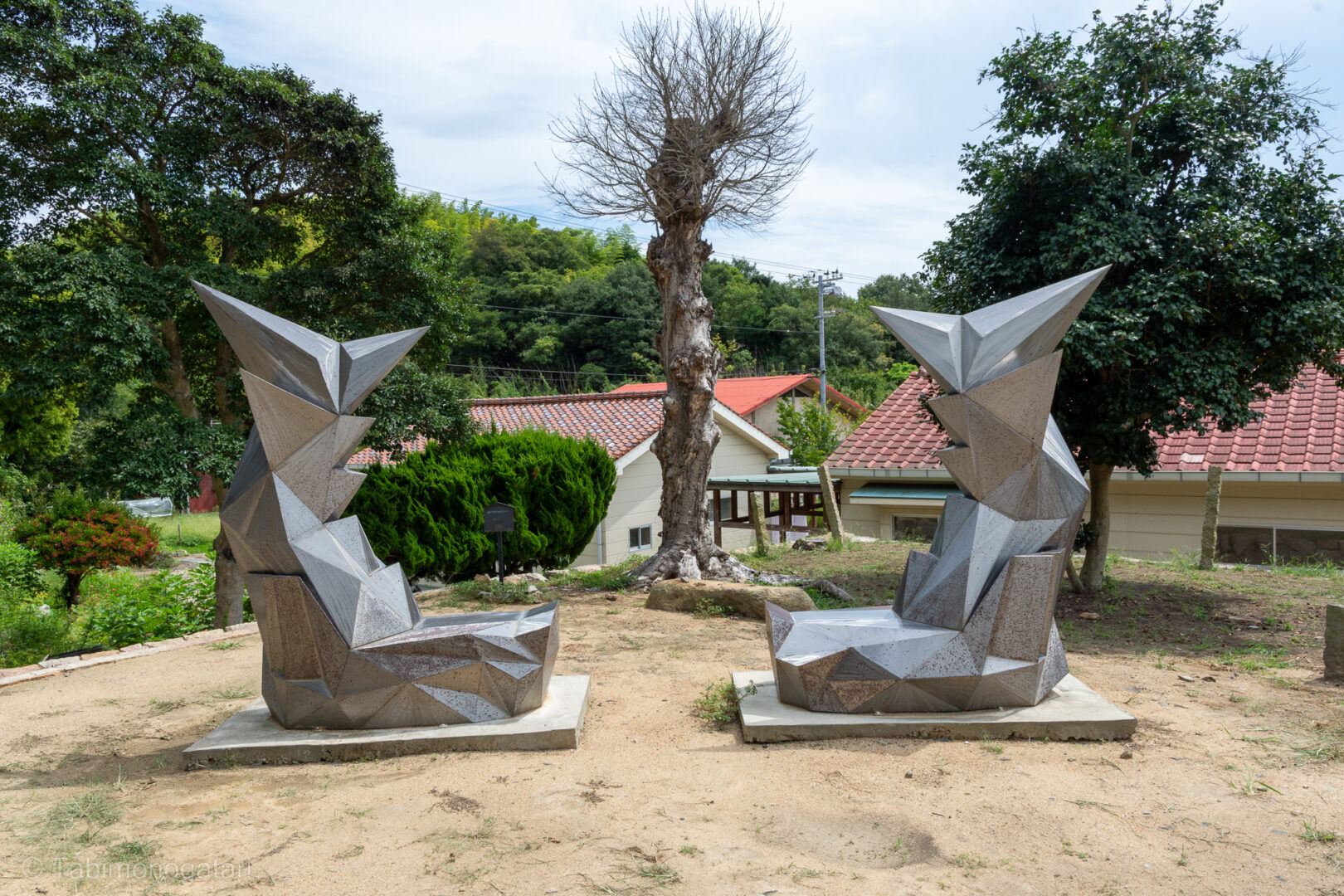
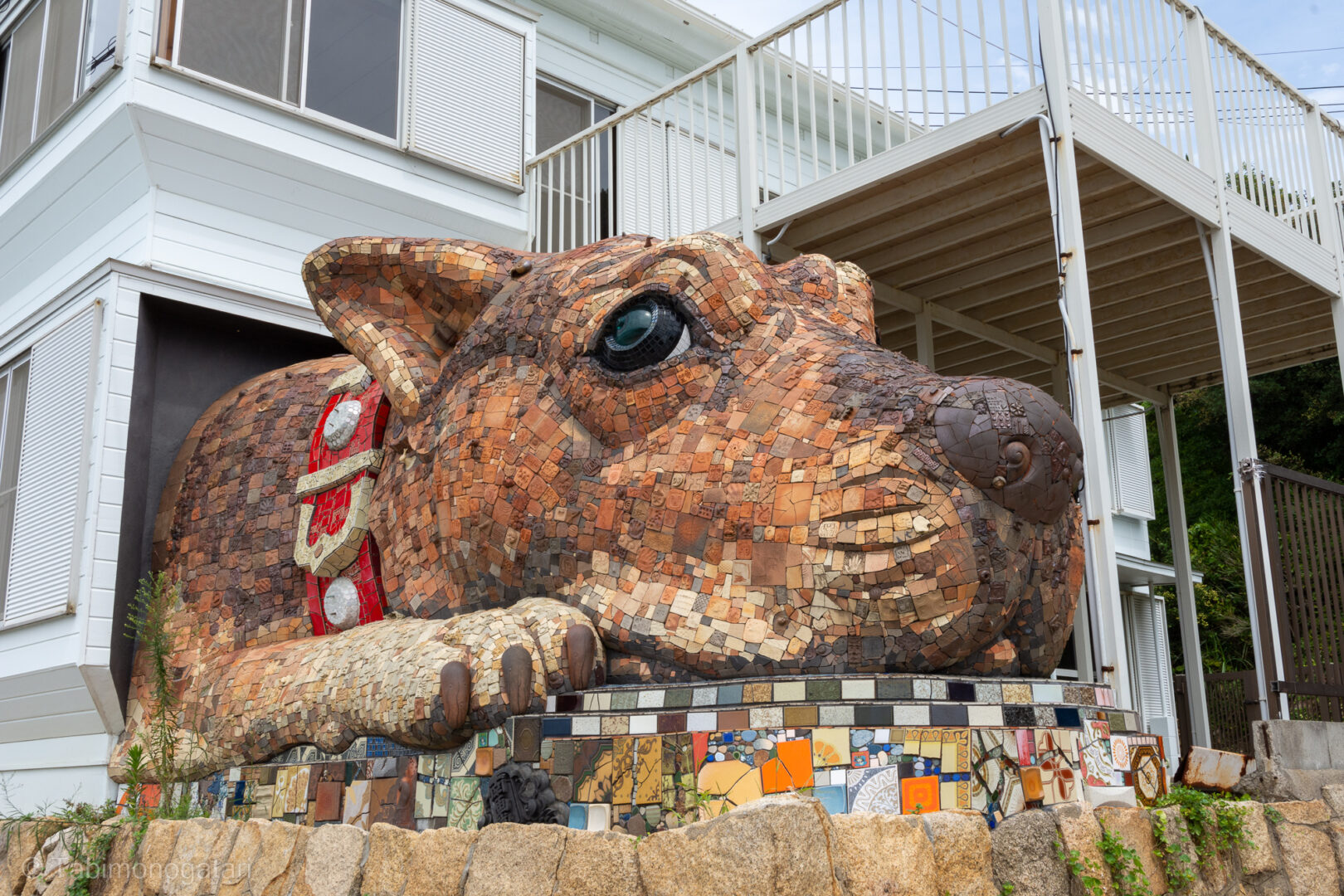
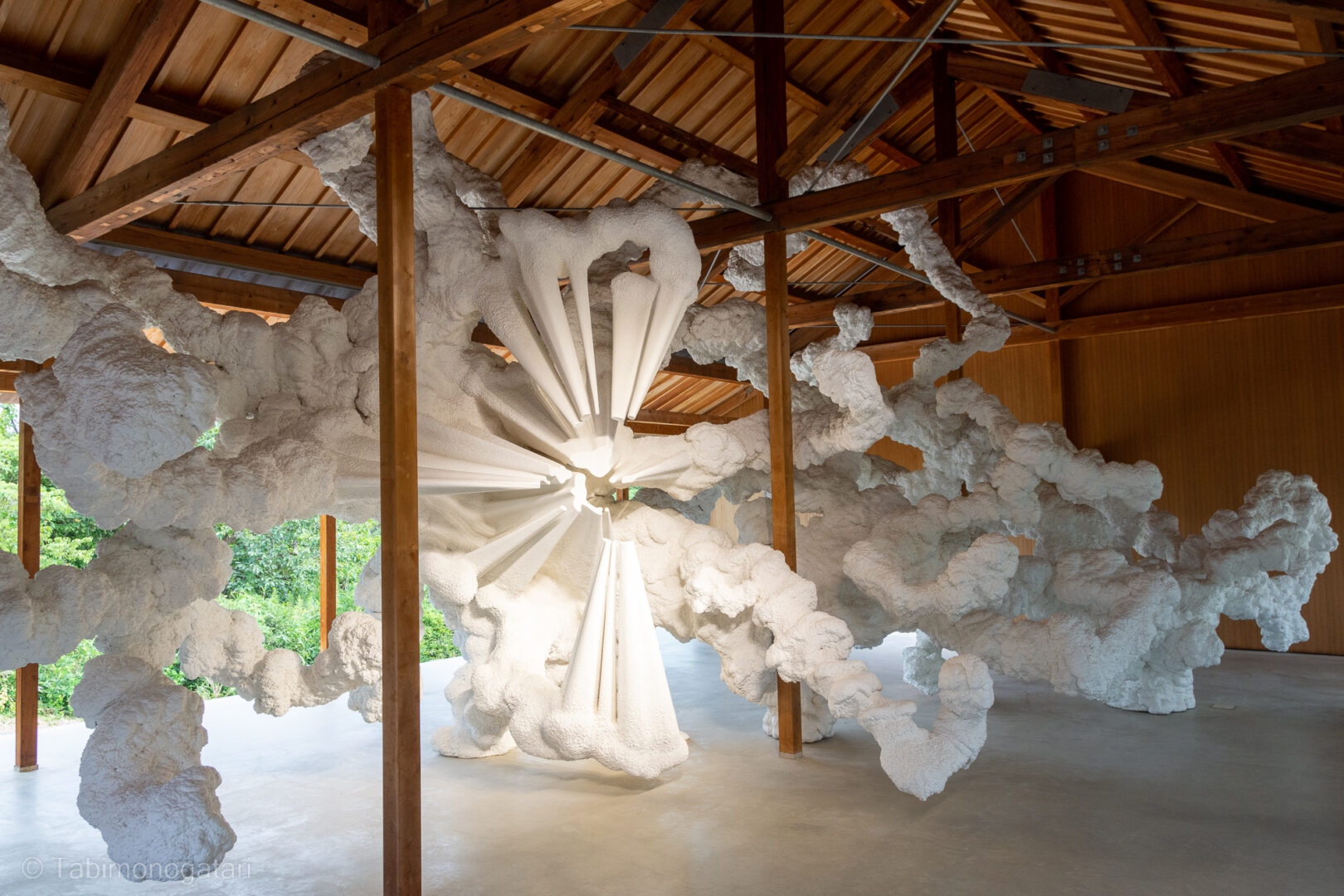
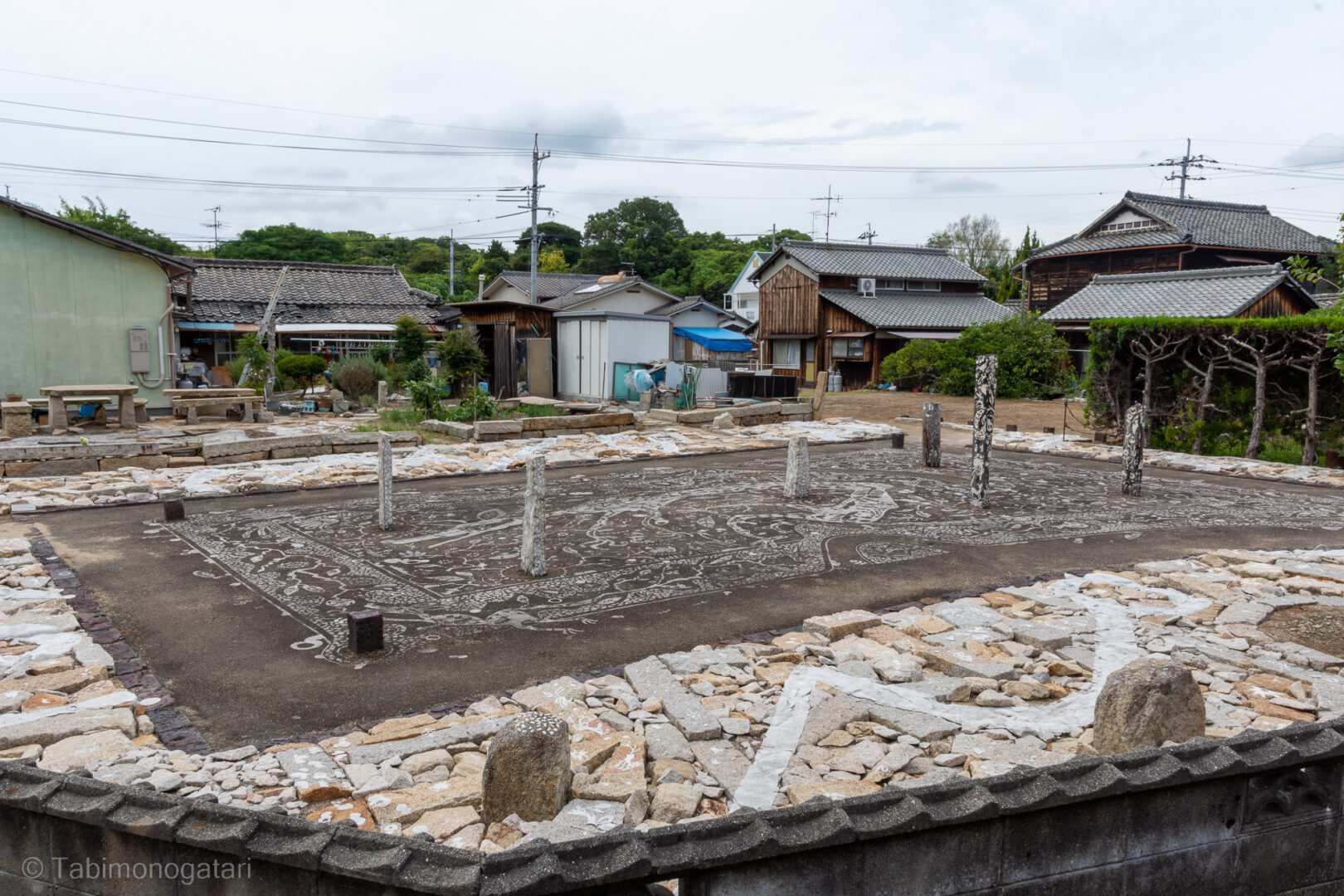
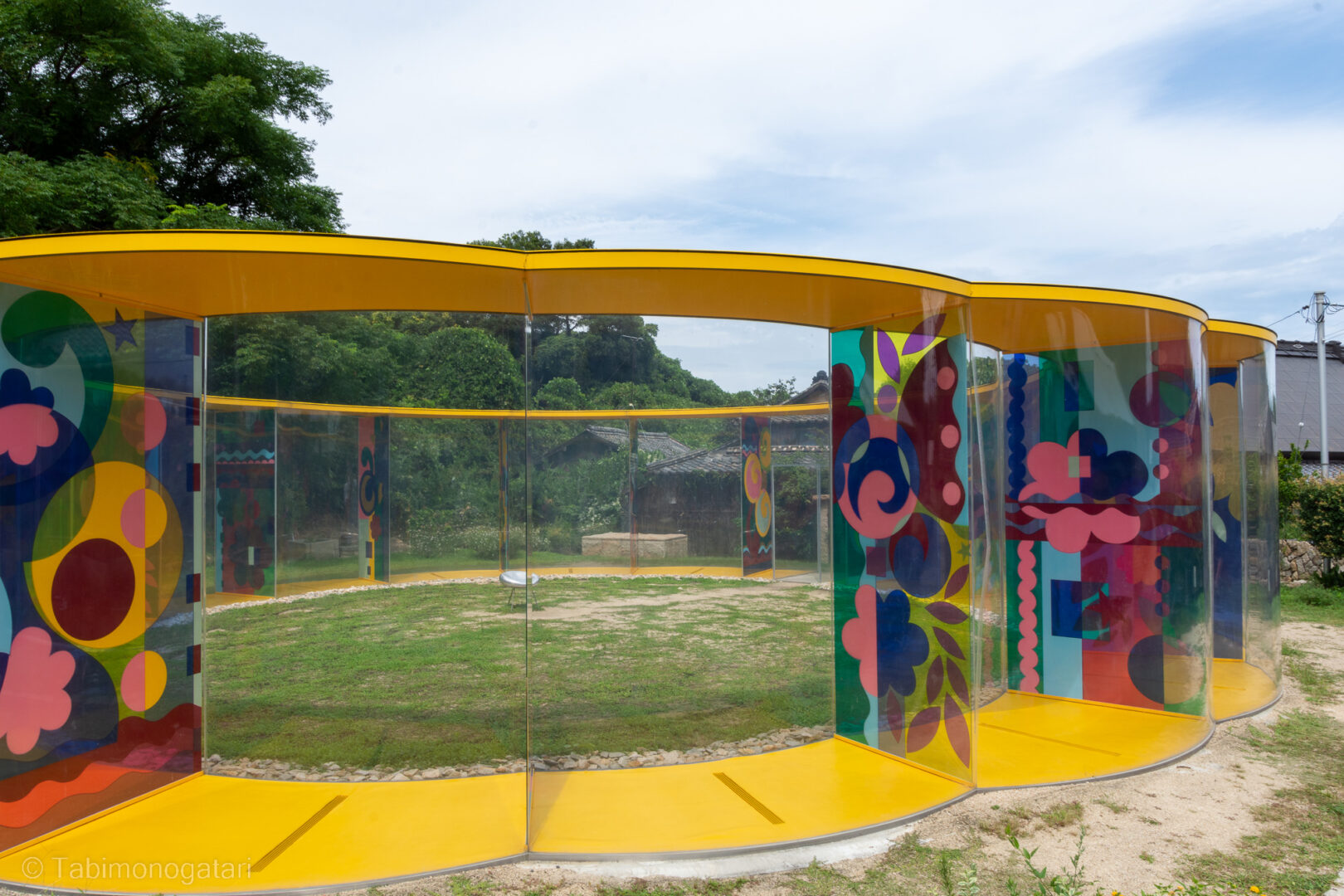
In the early evening I returned to Okayama and spent the night there.
The second day I visited Teshima and Naoshima. Read part 2.
Pingback:Setouchi Triennale (3/3) - Naoshima - Tabimonogatari - 旅物語